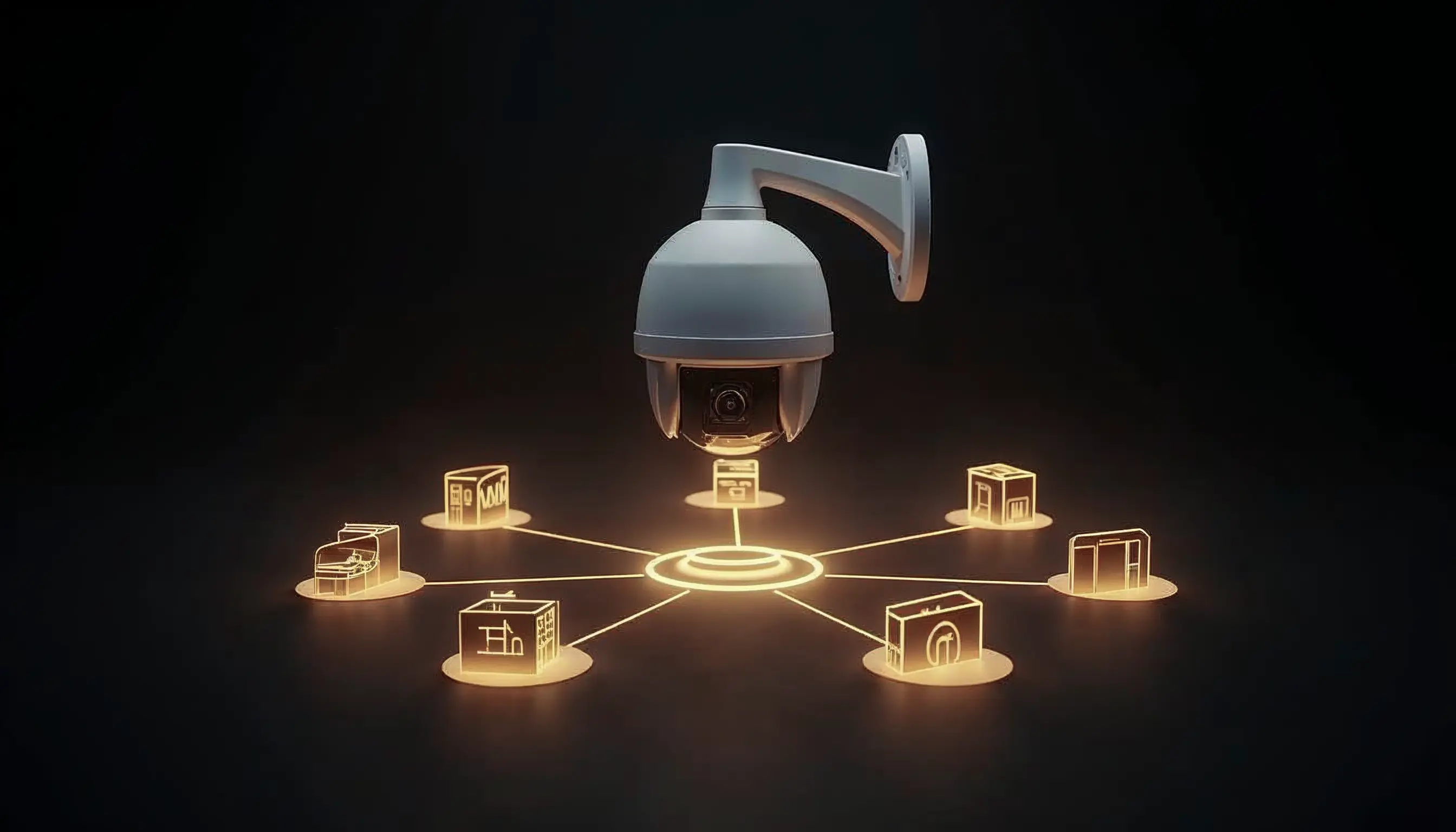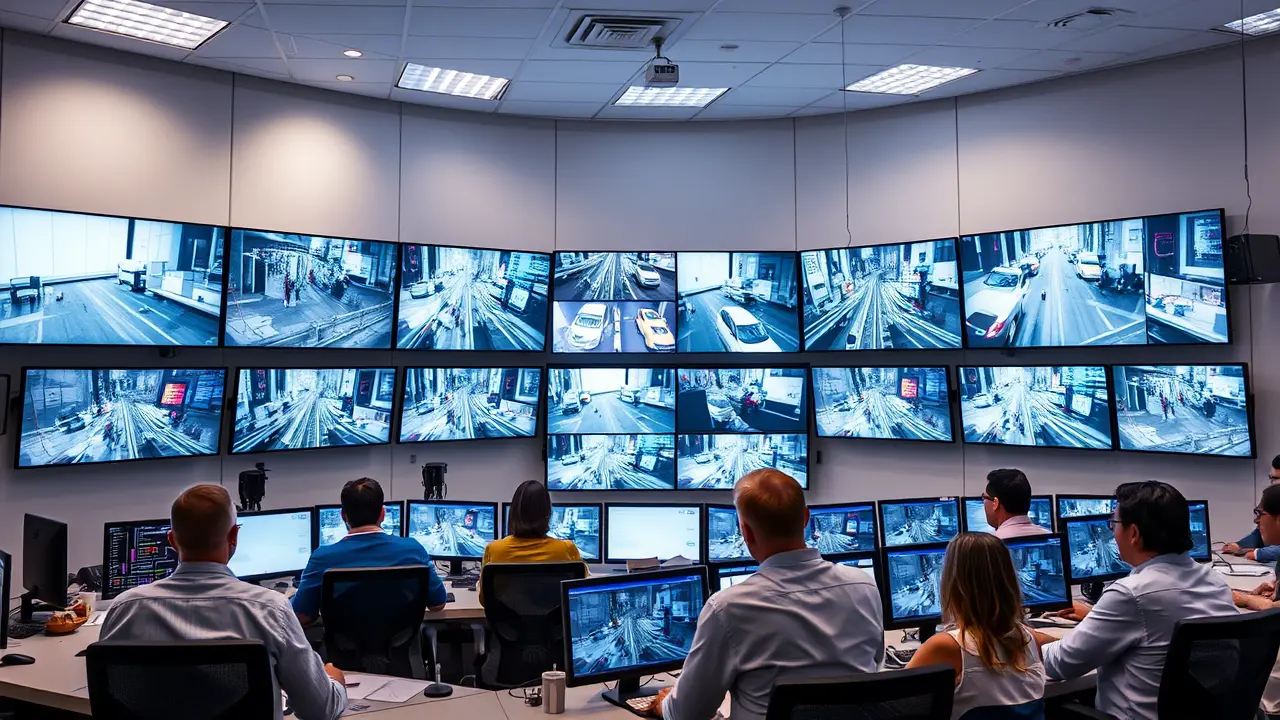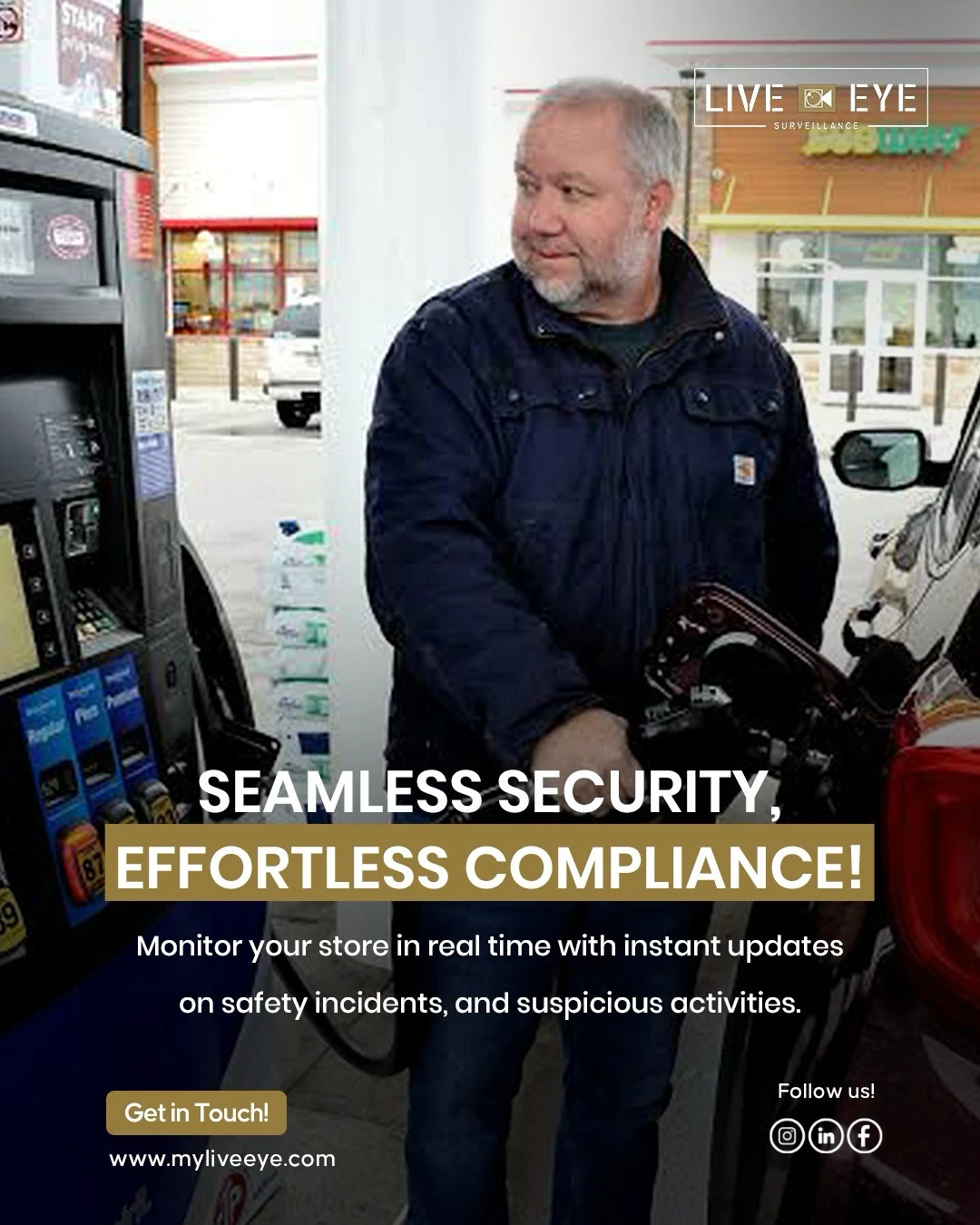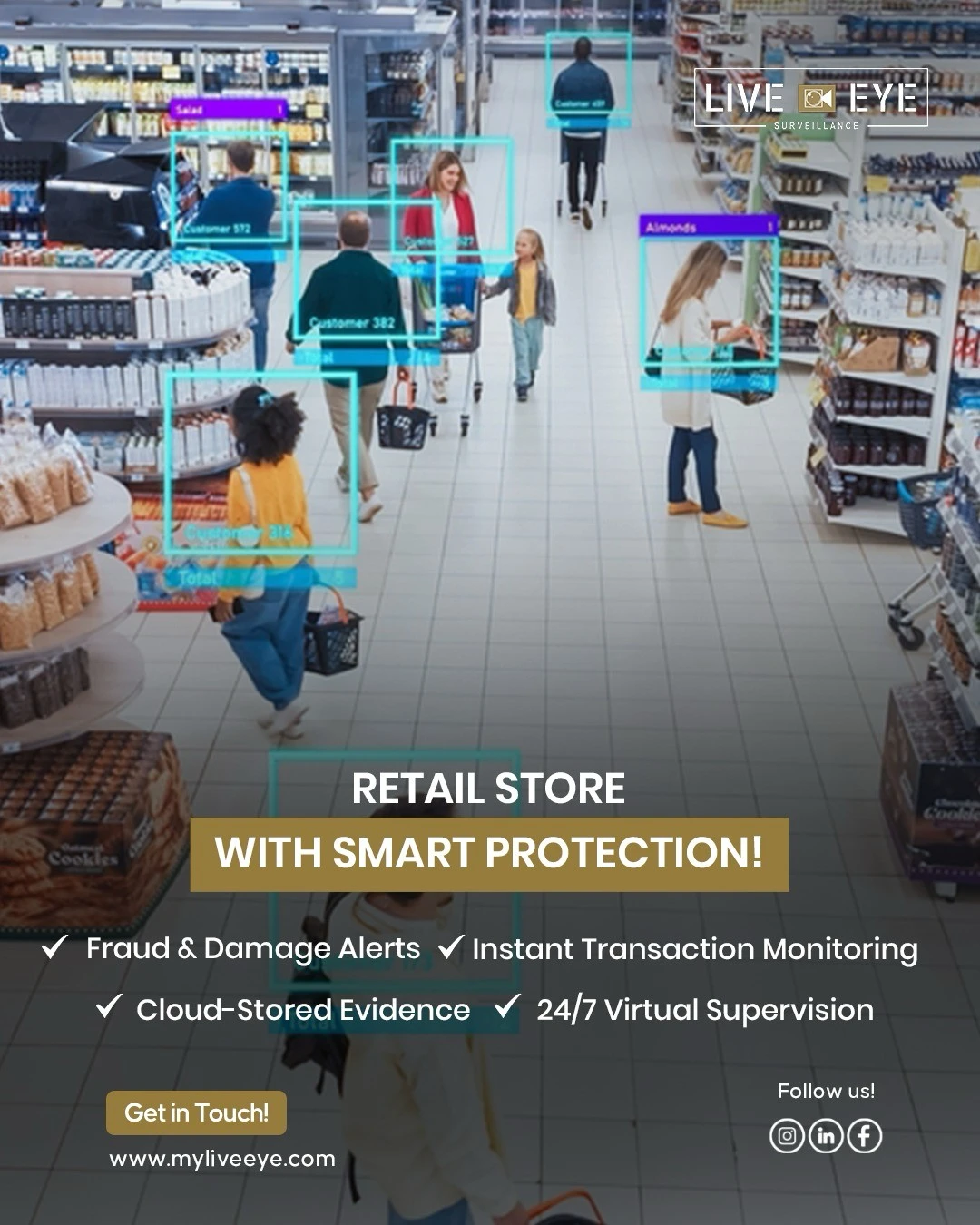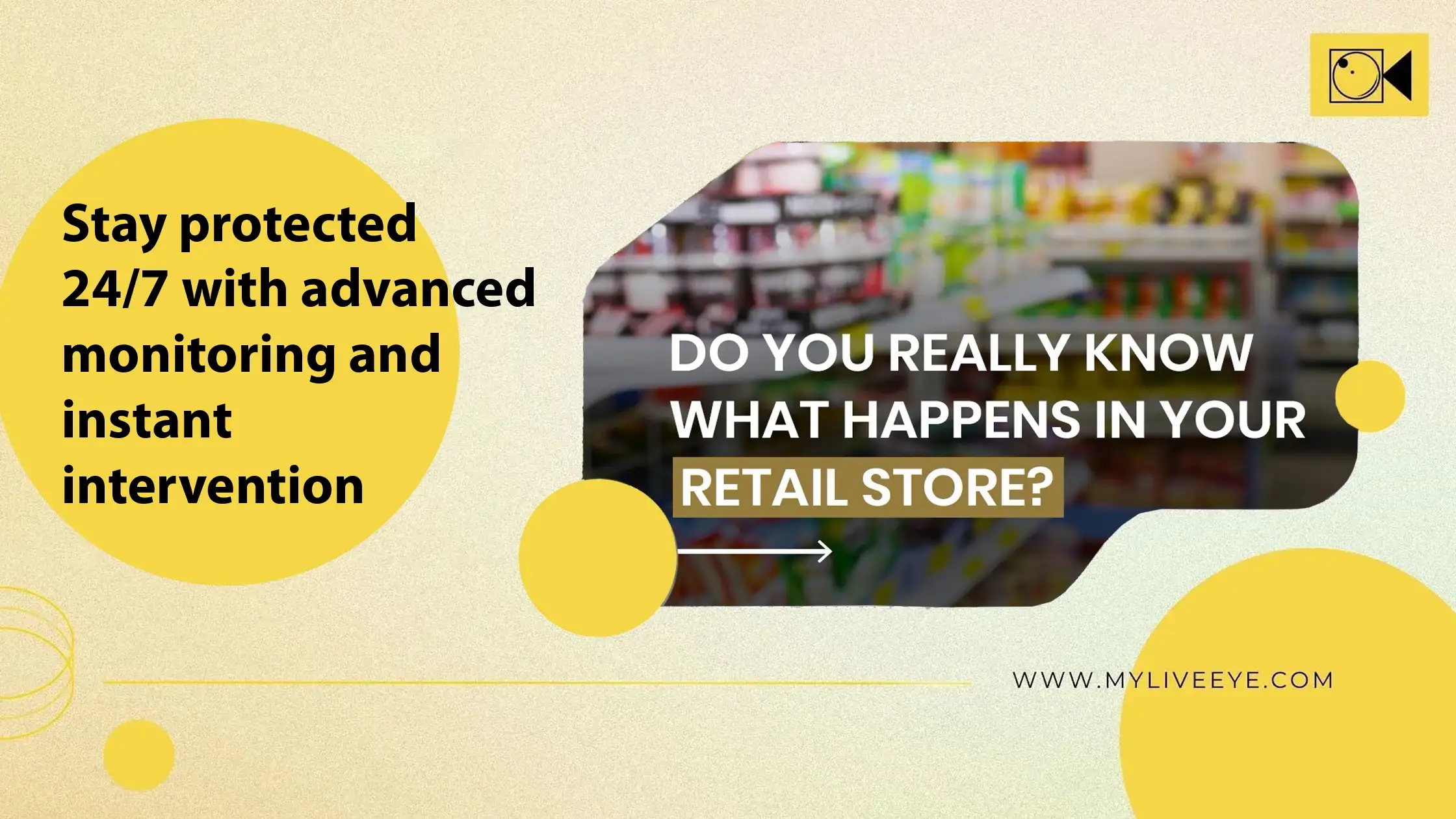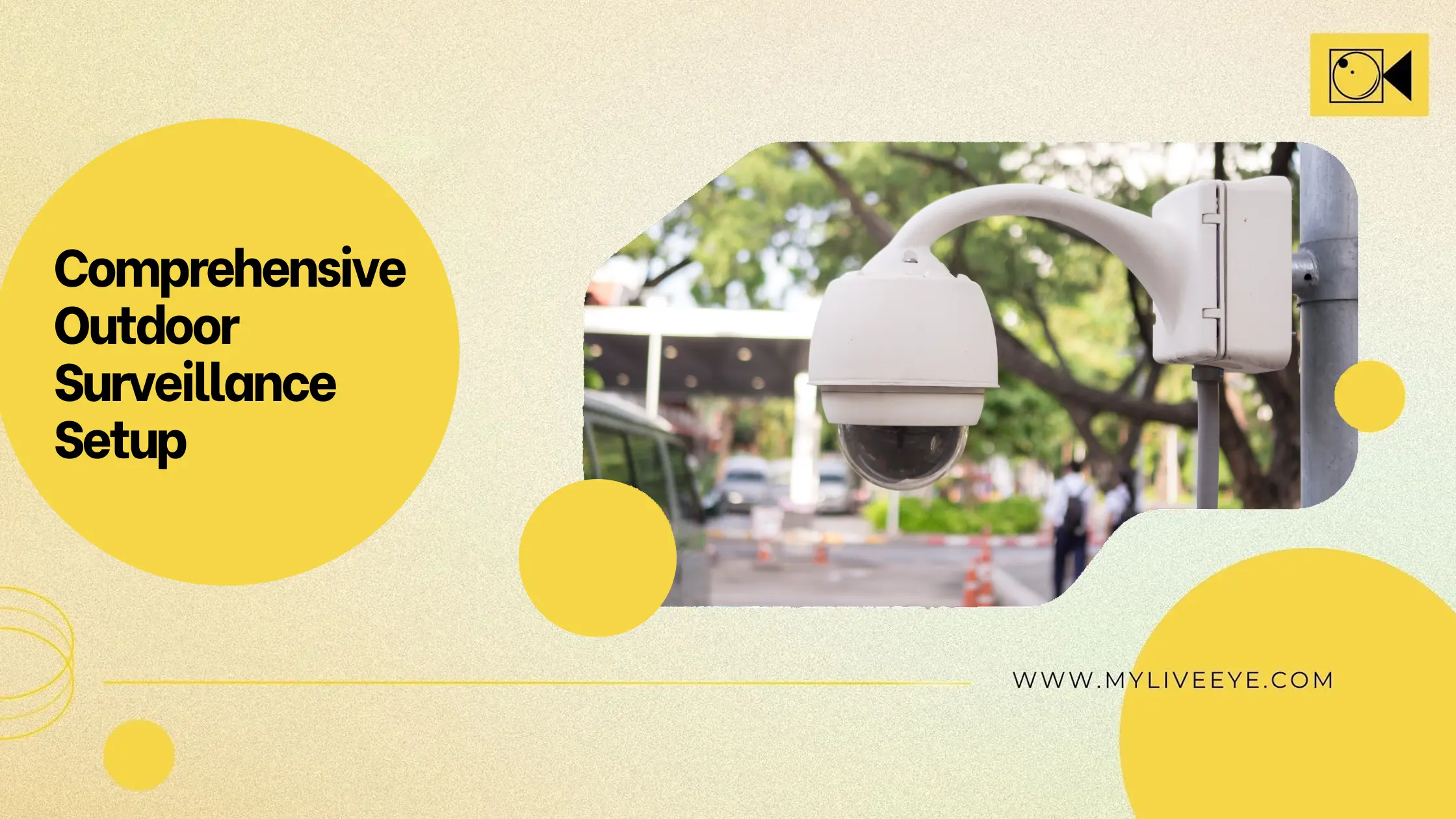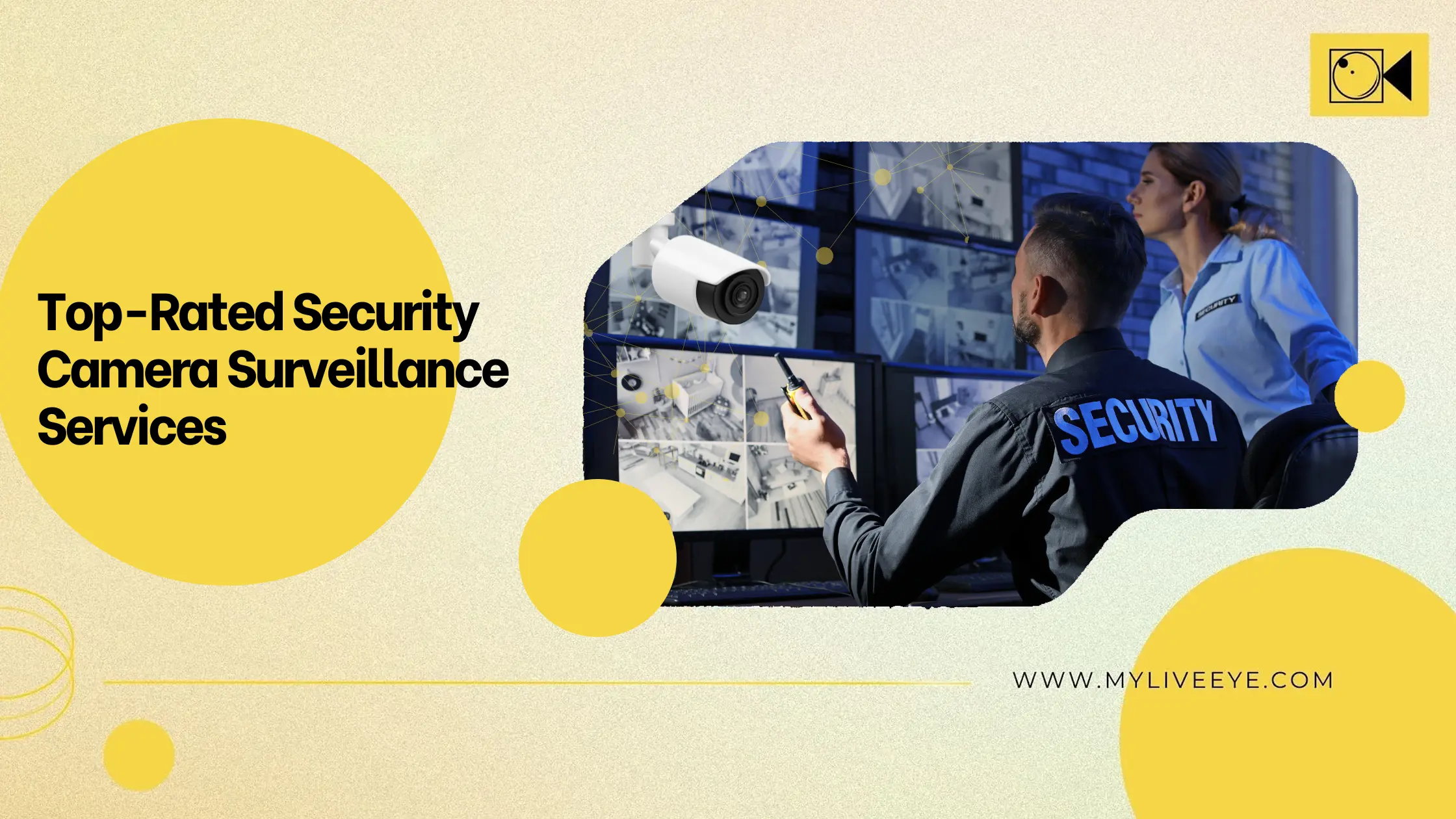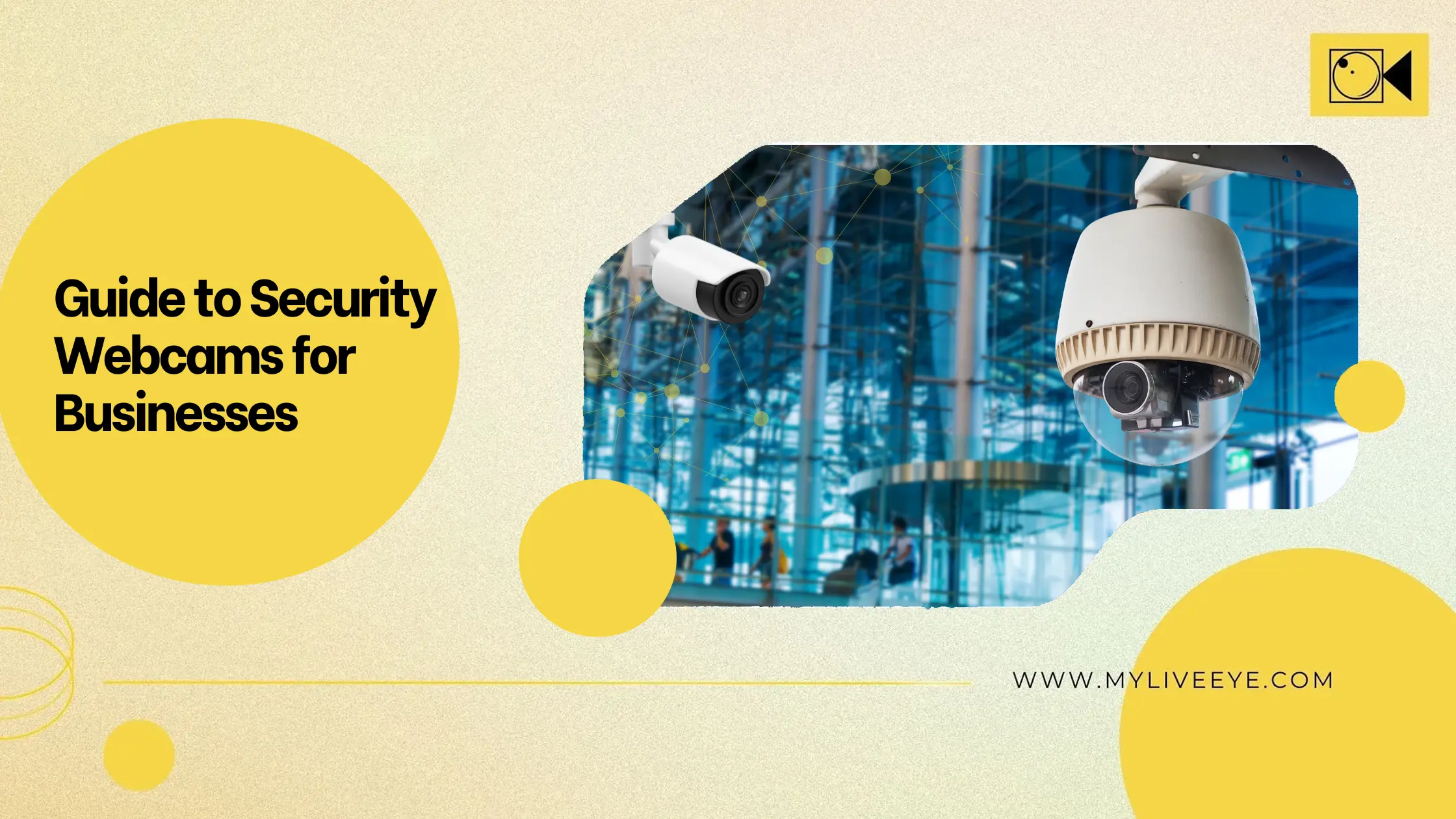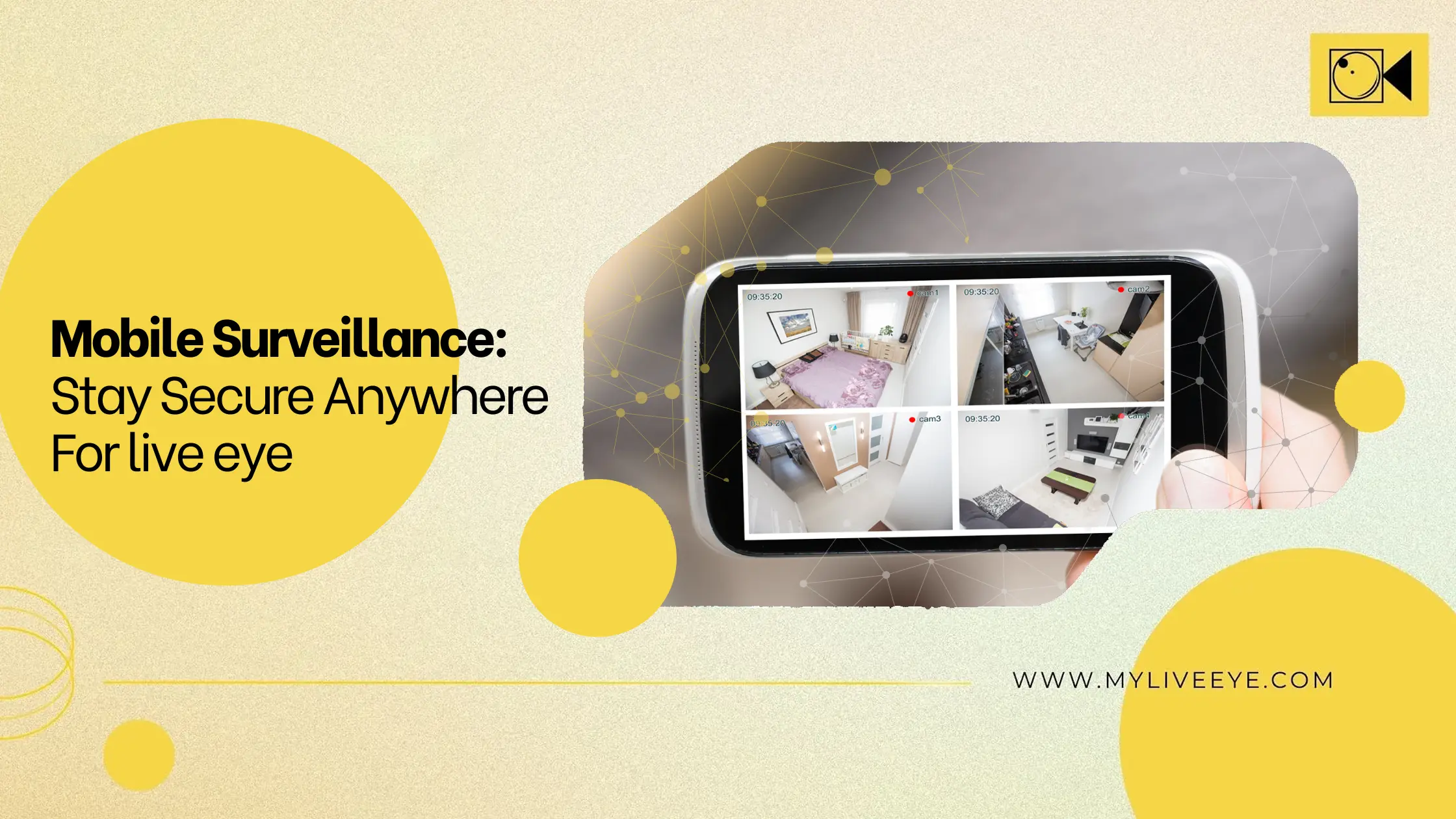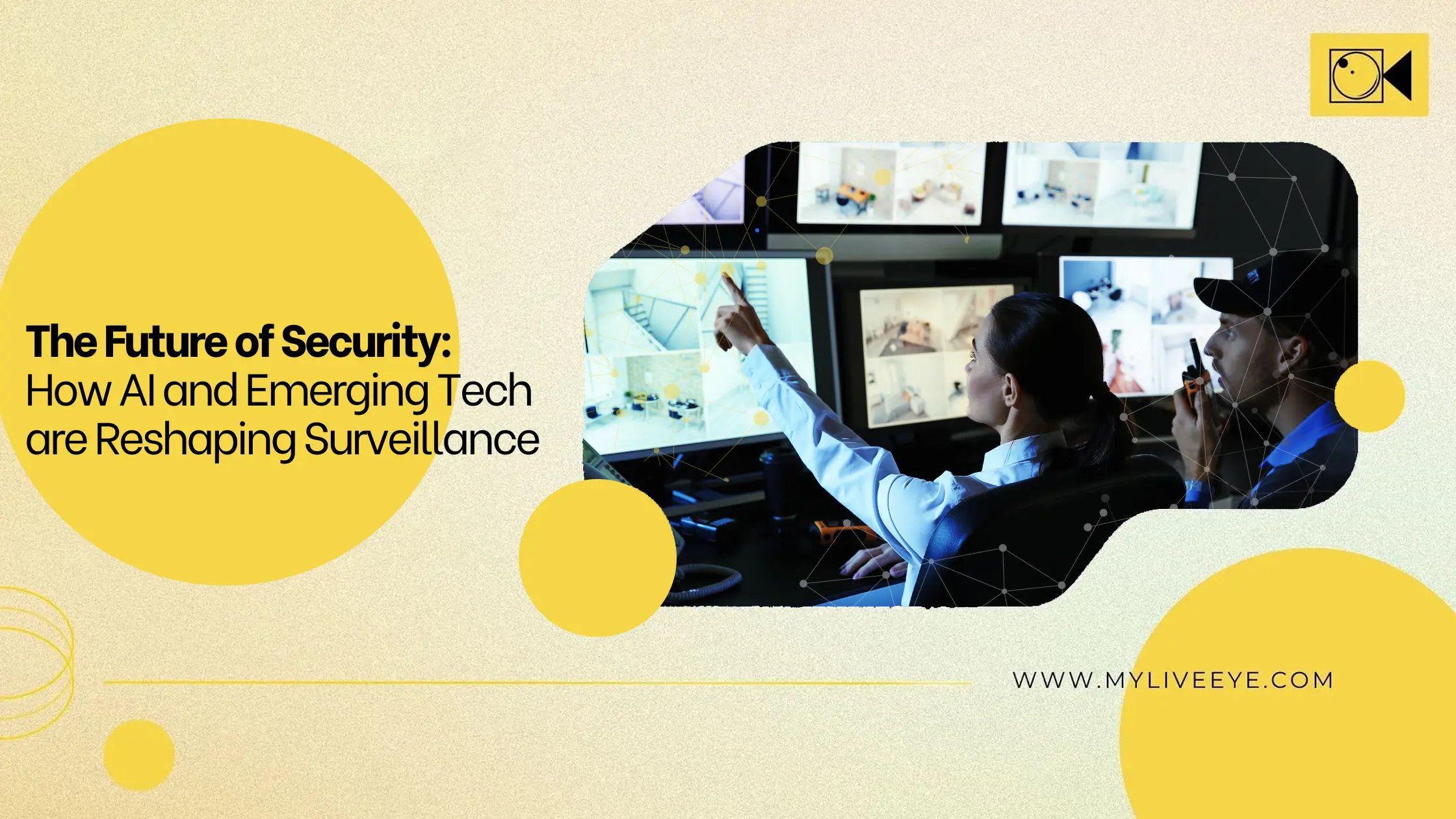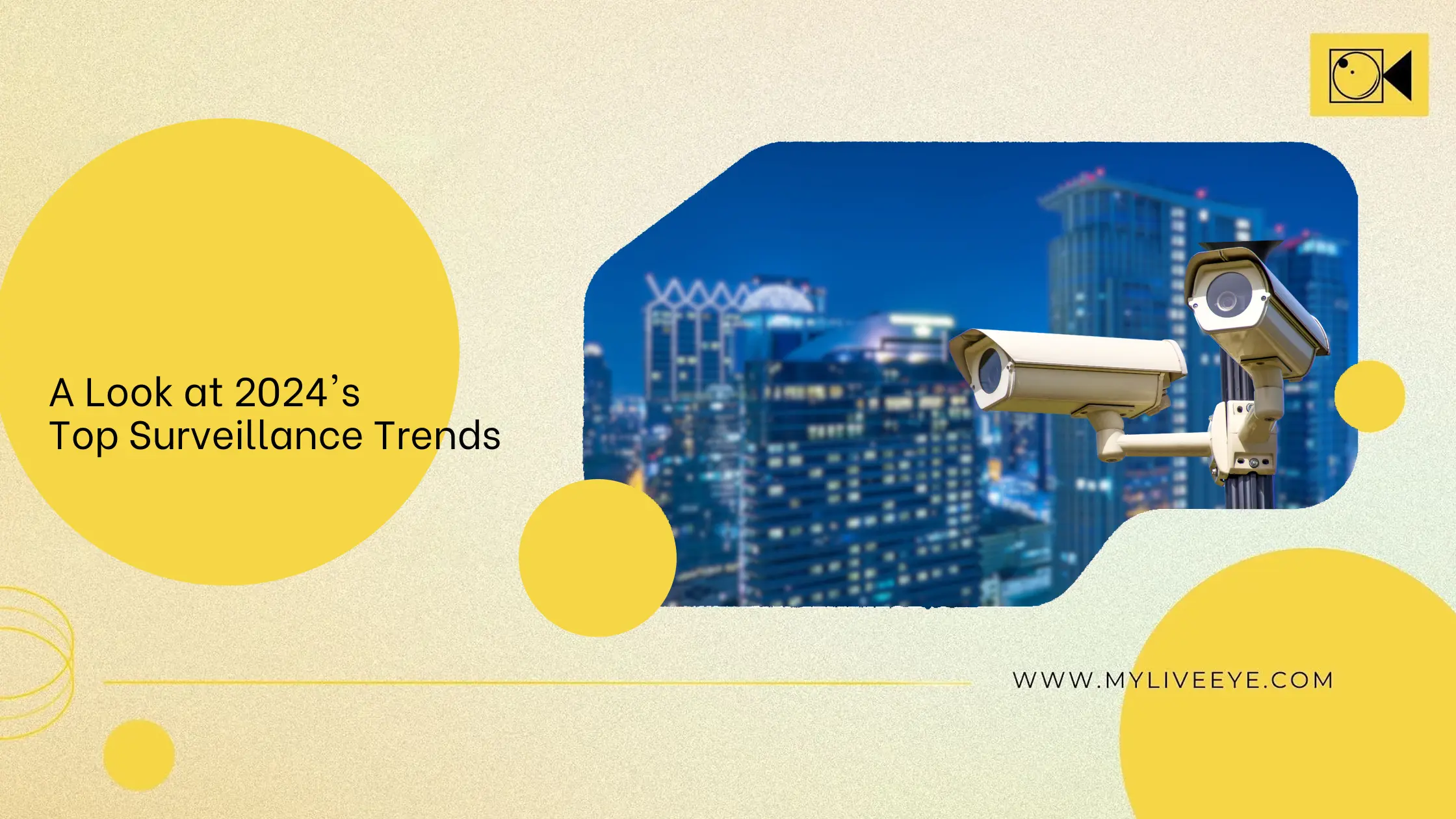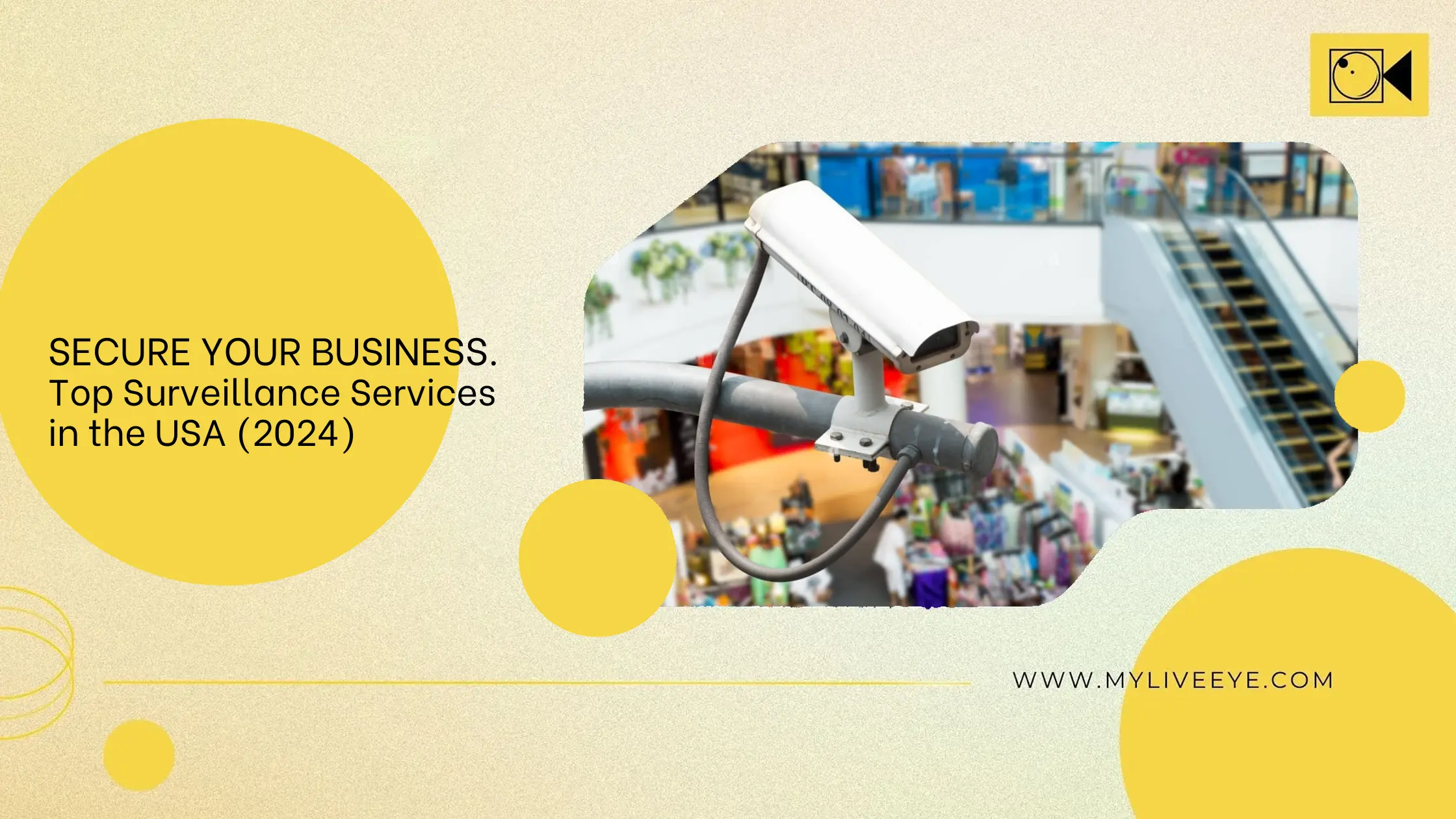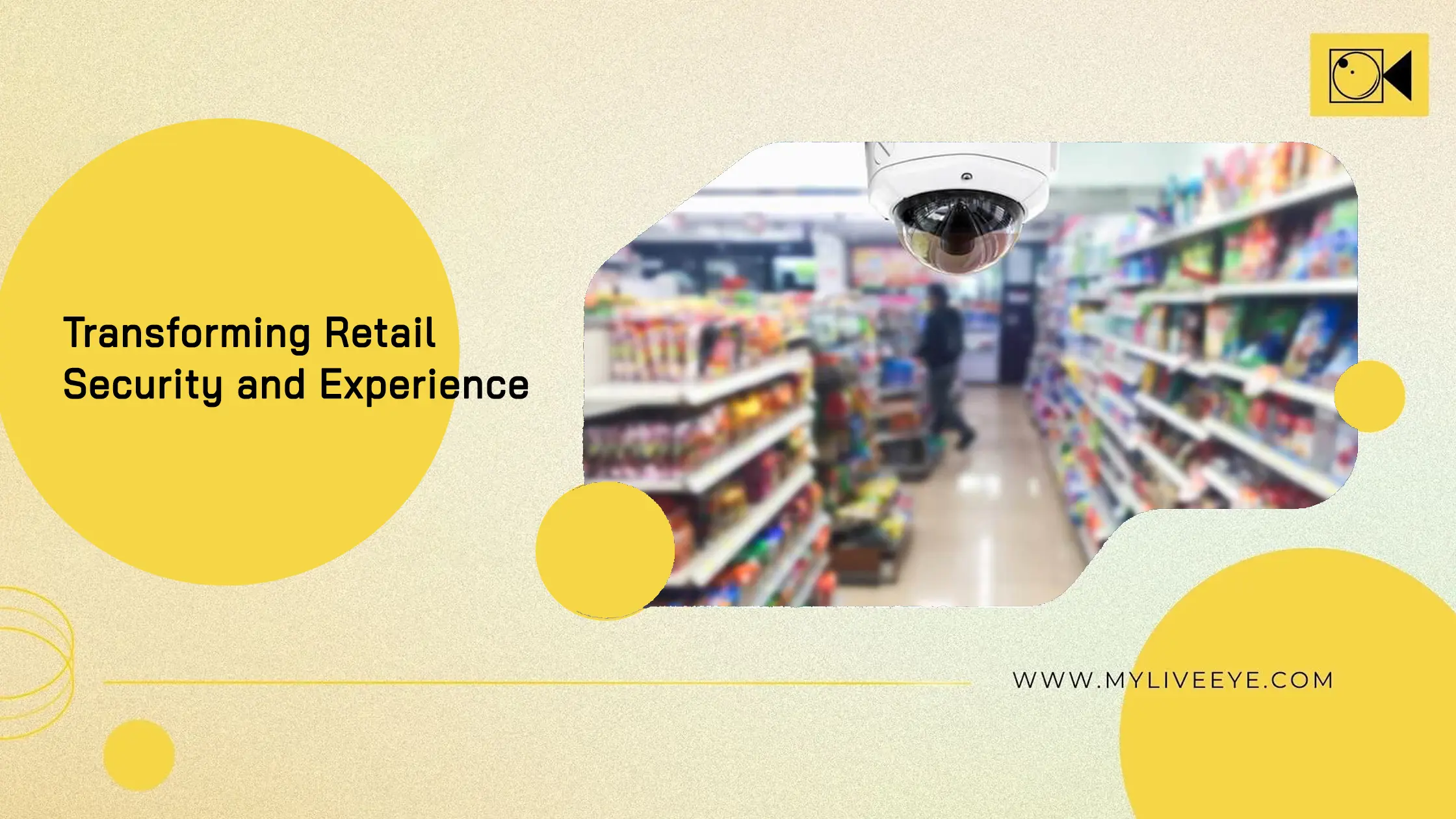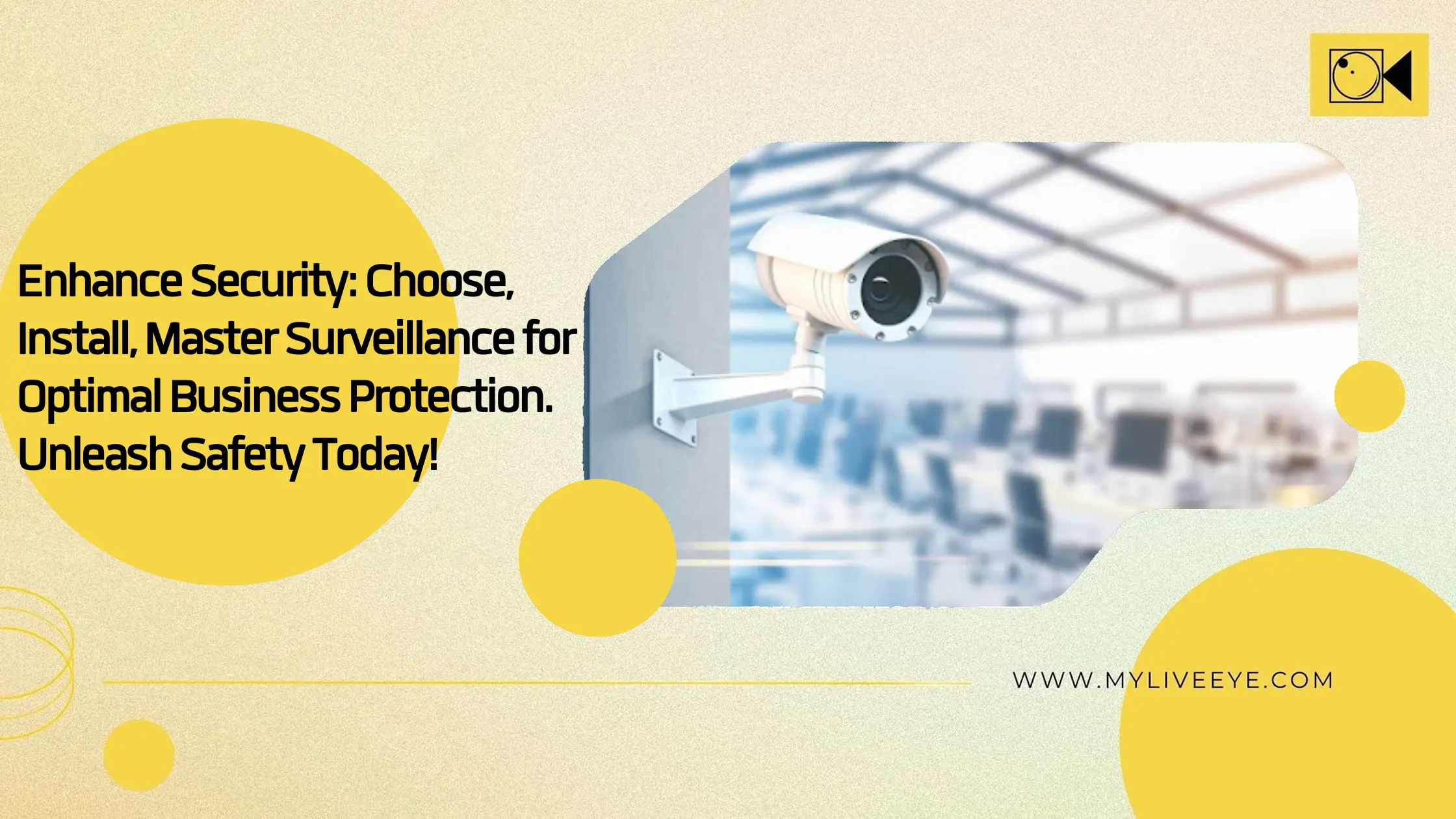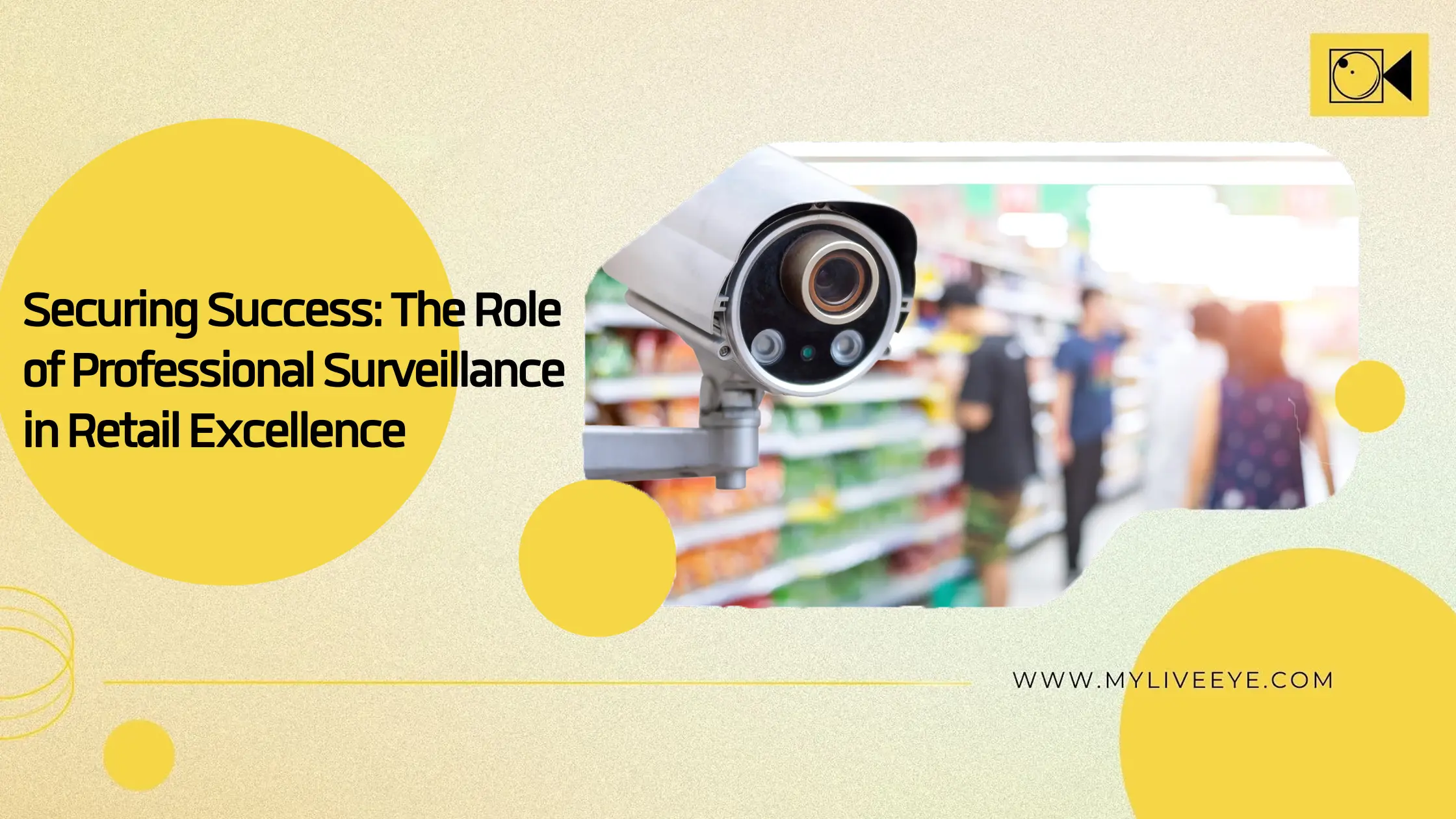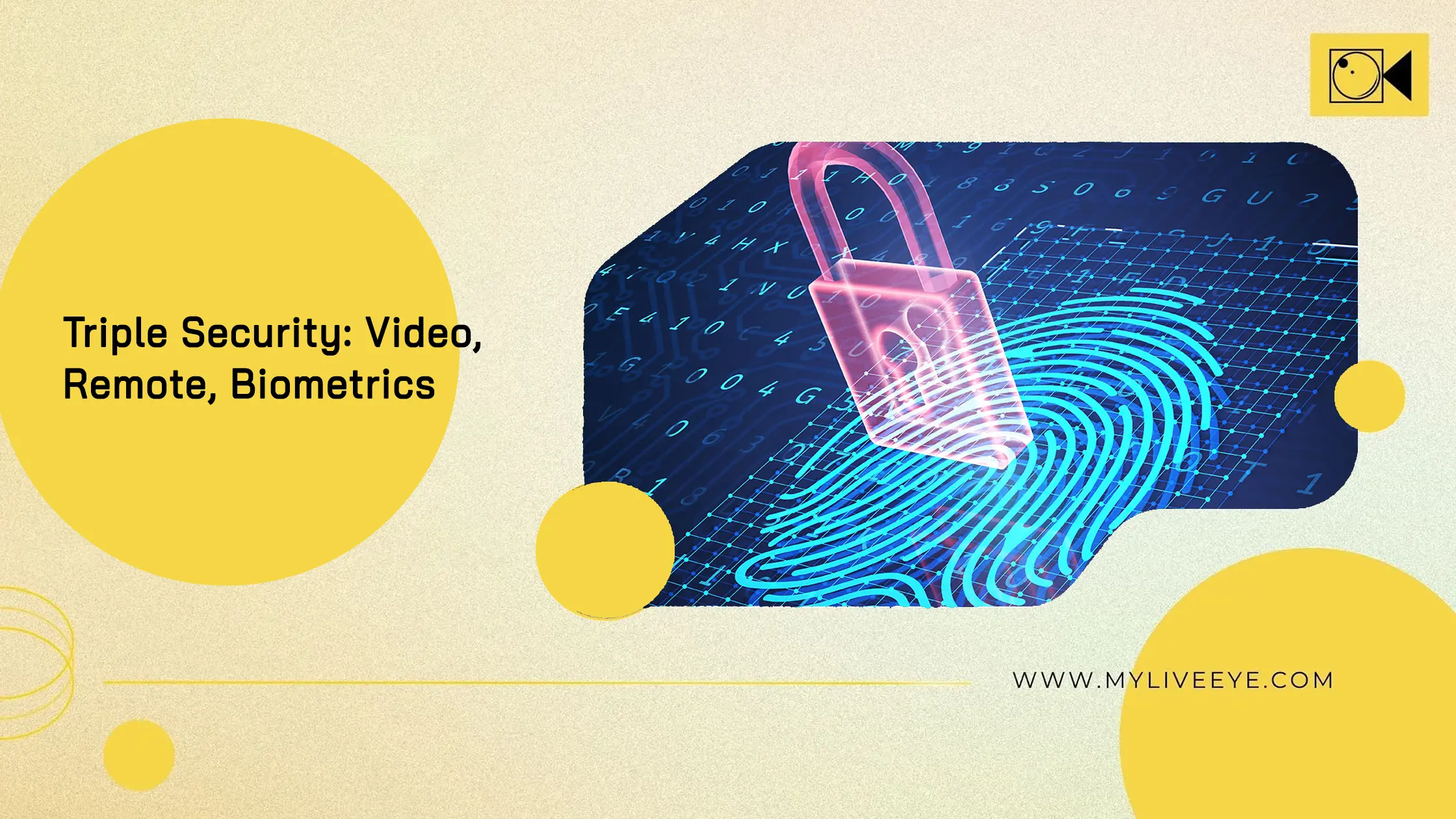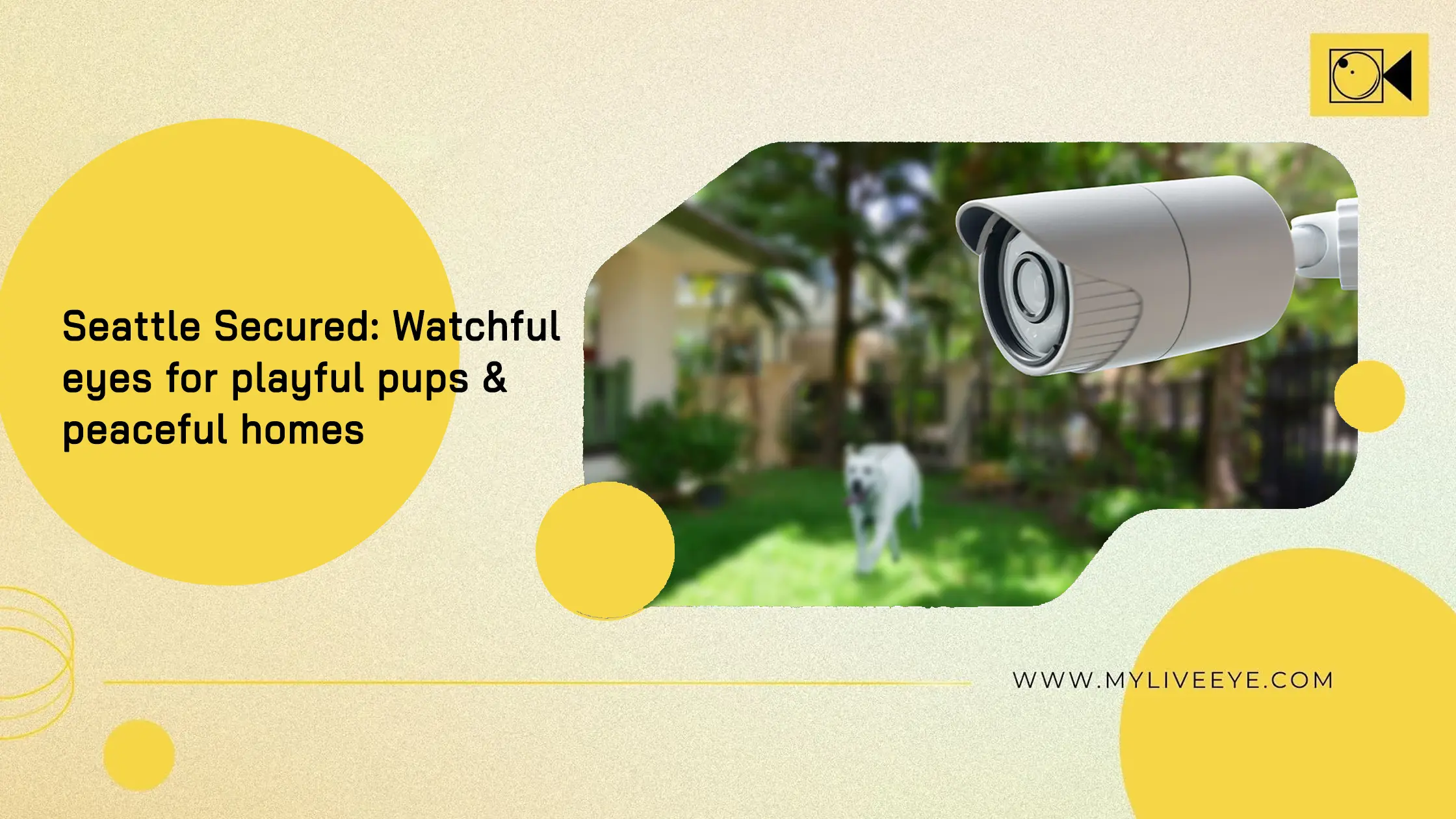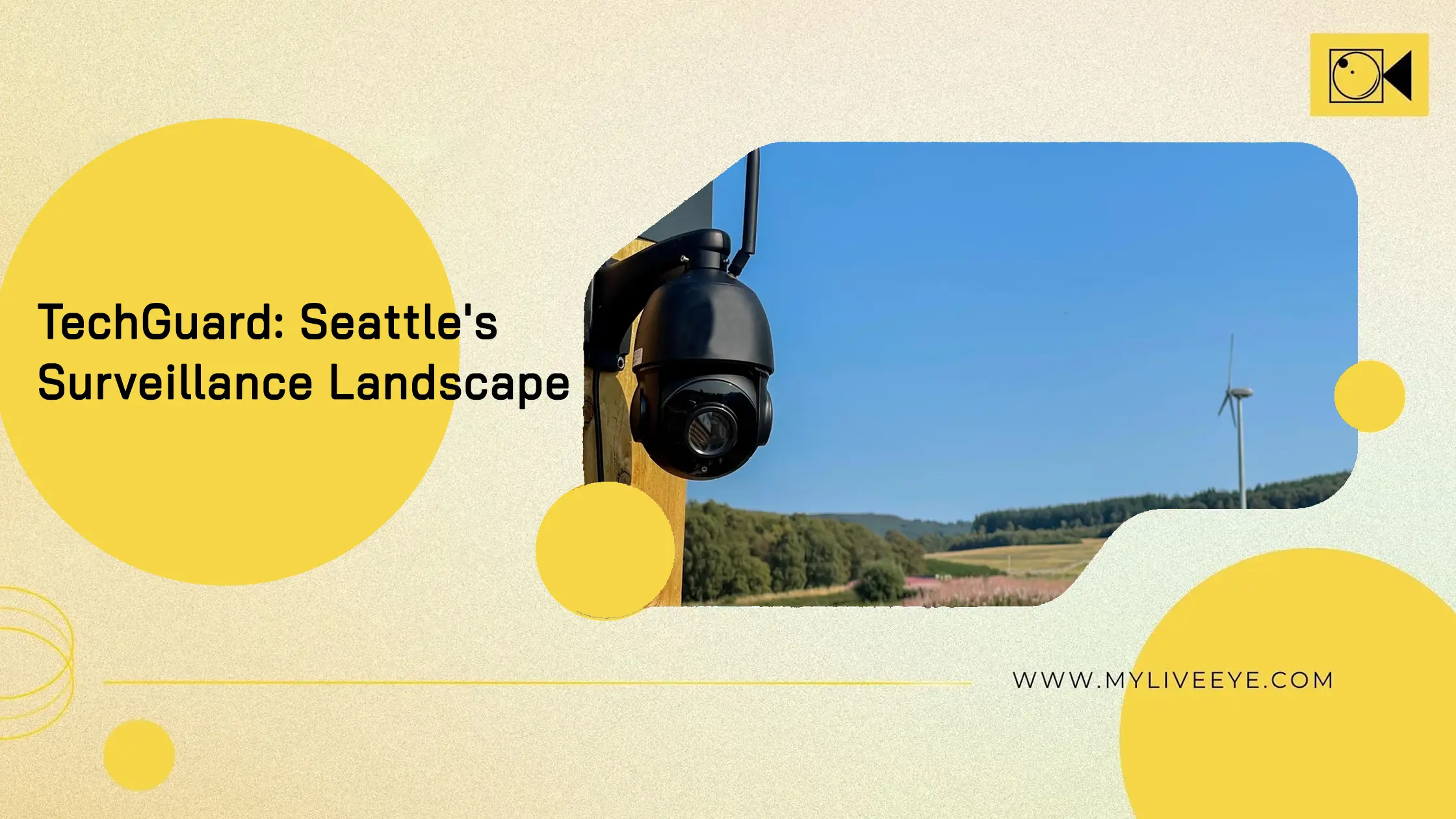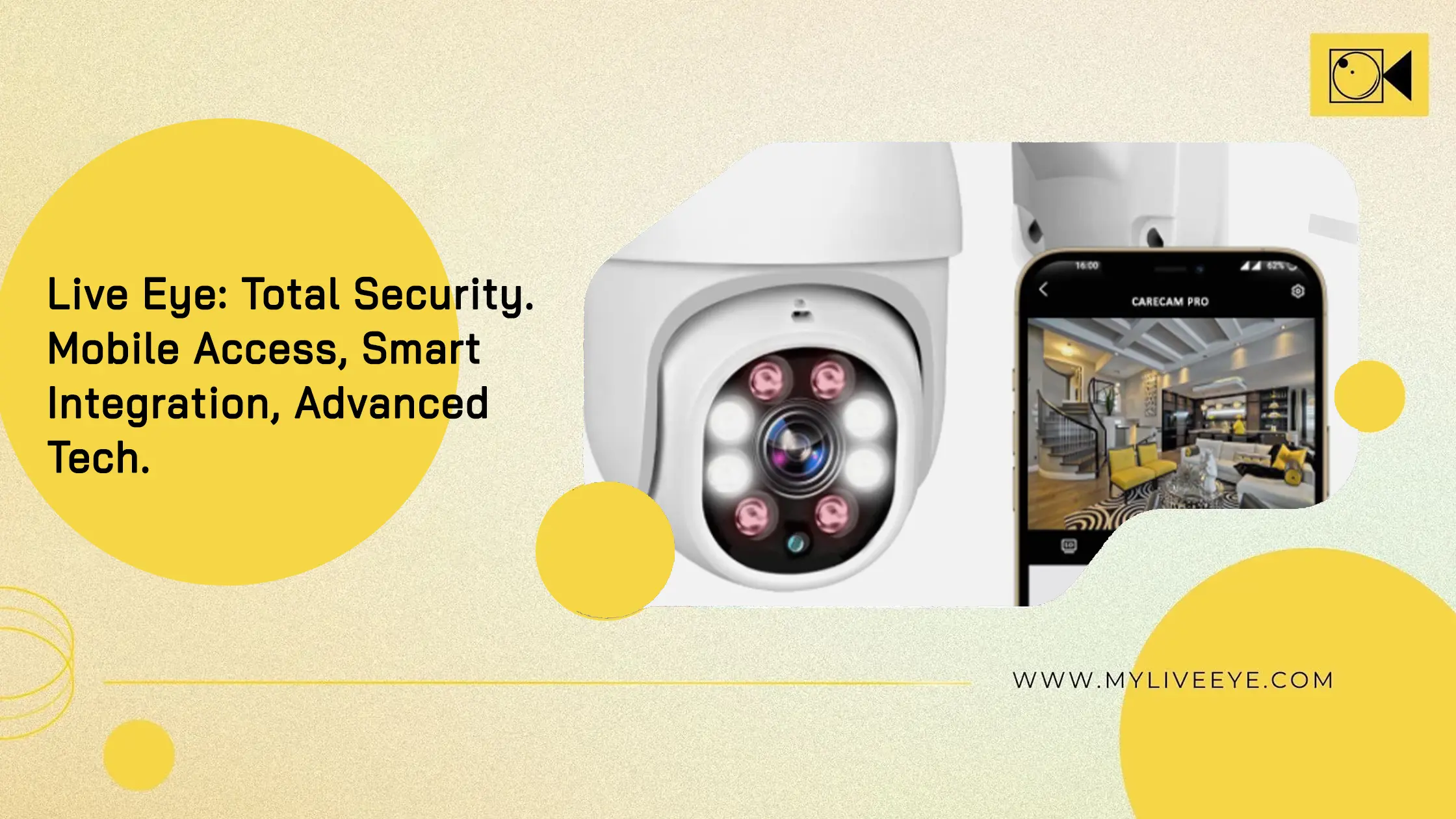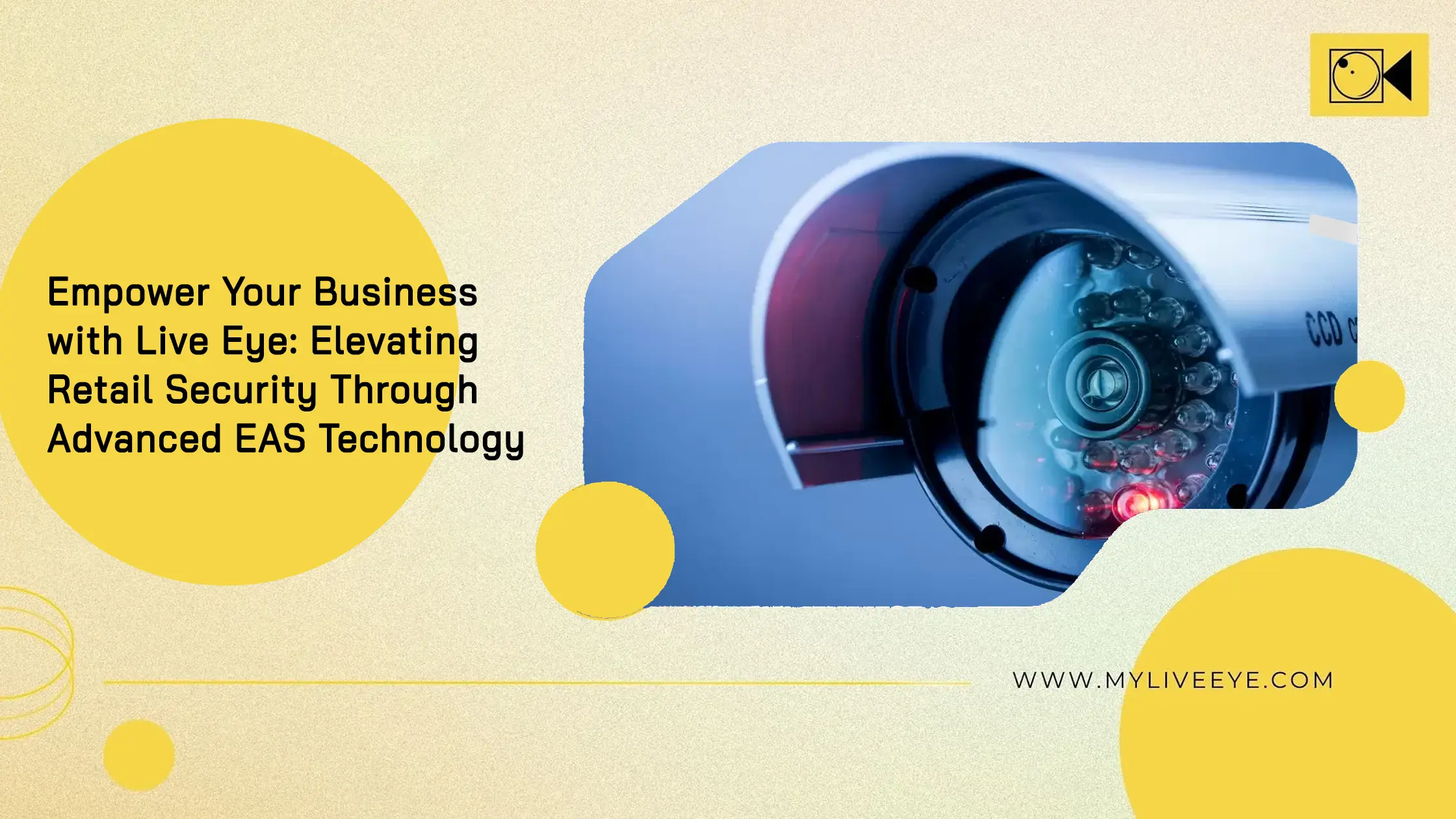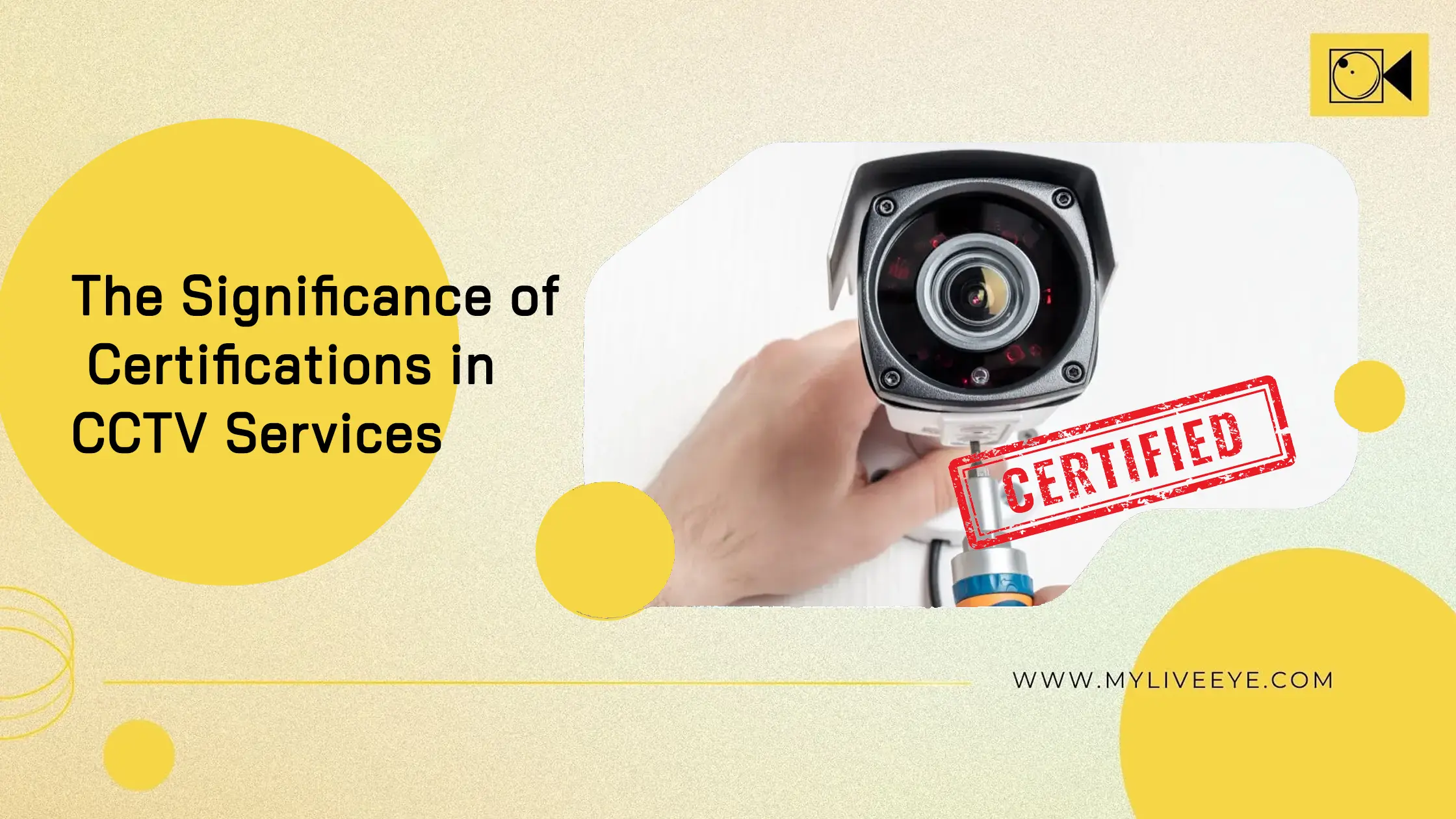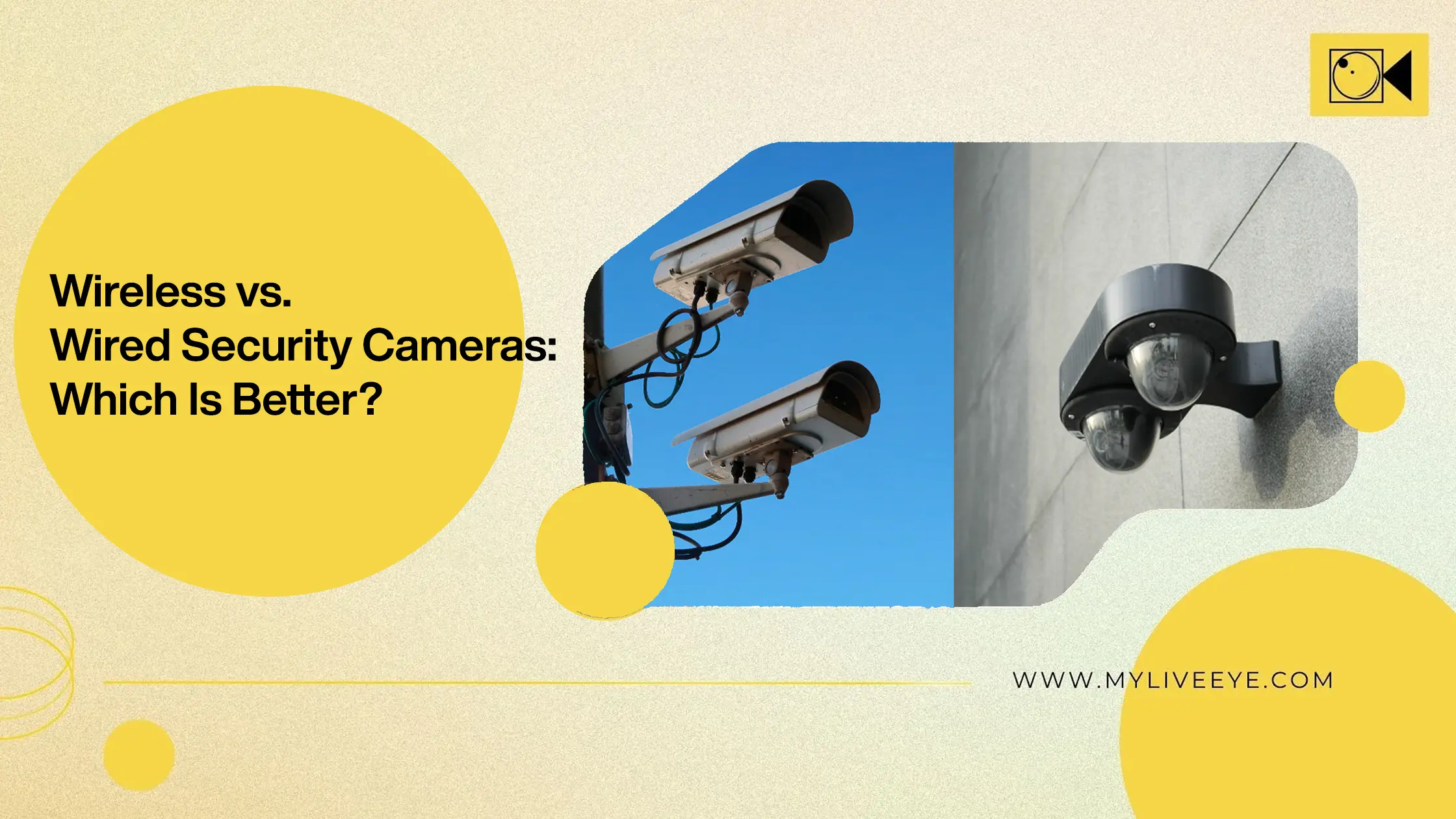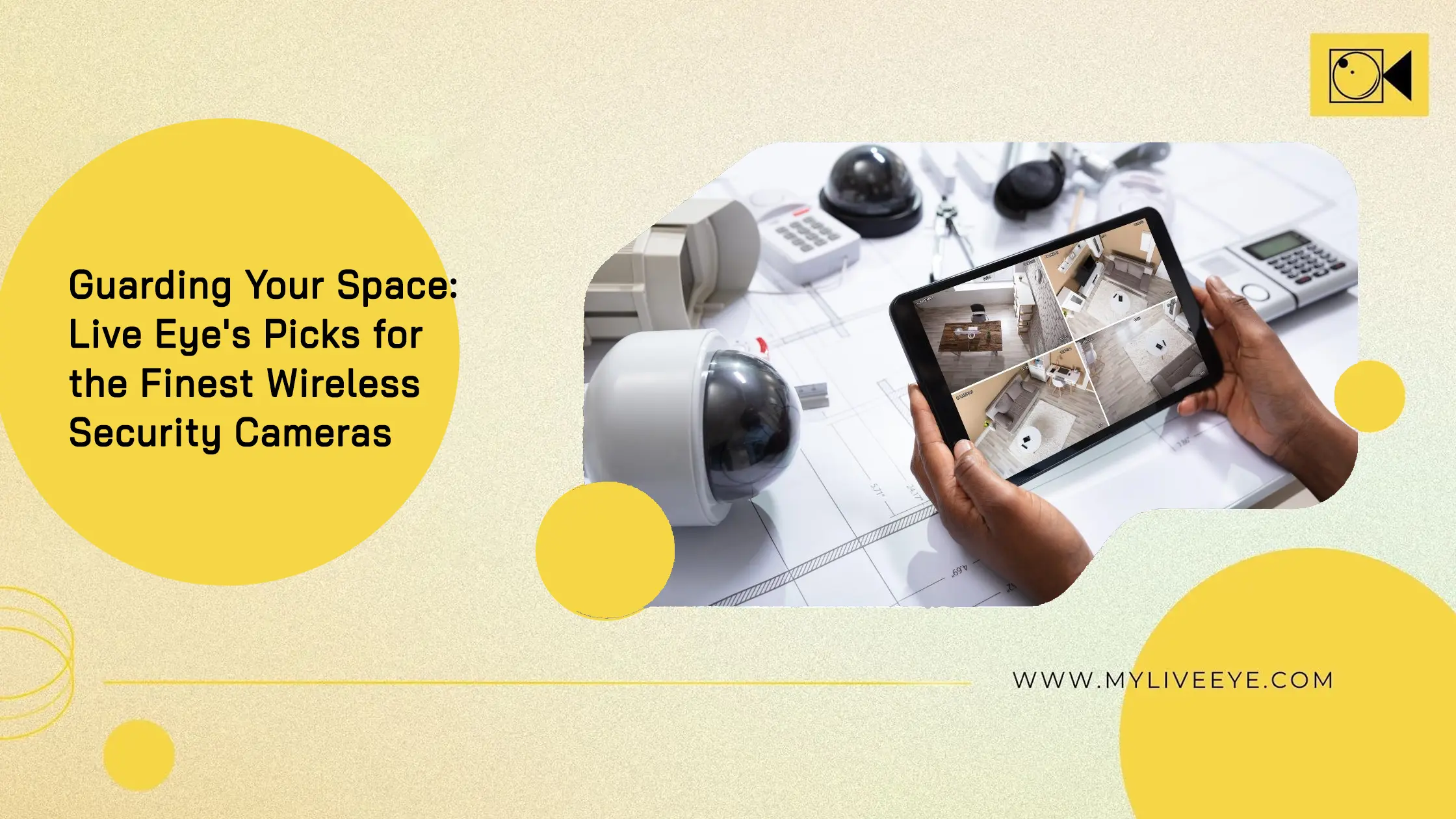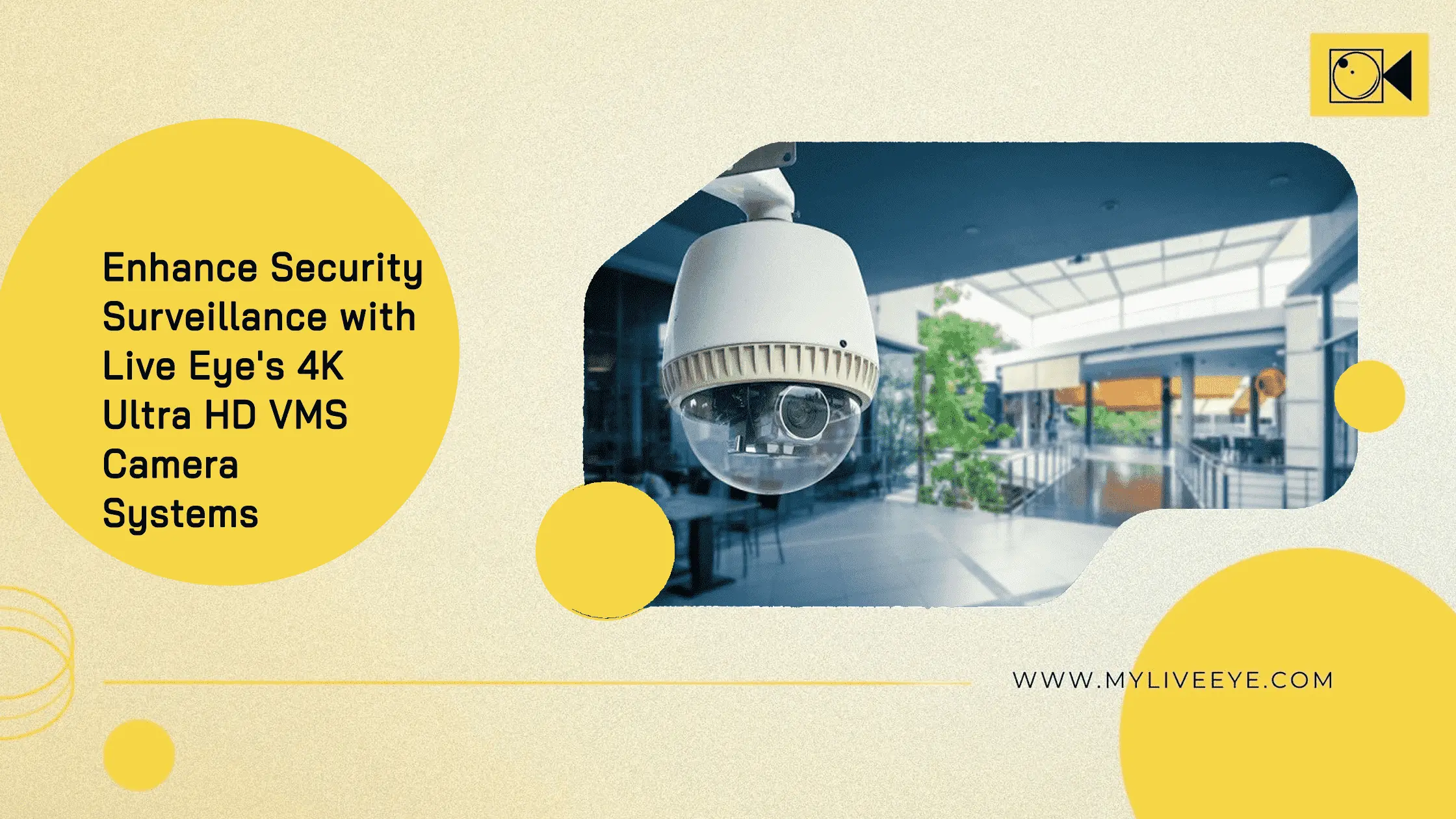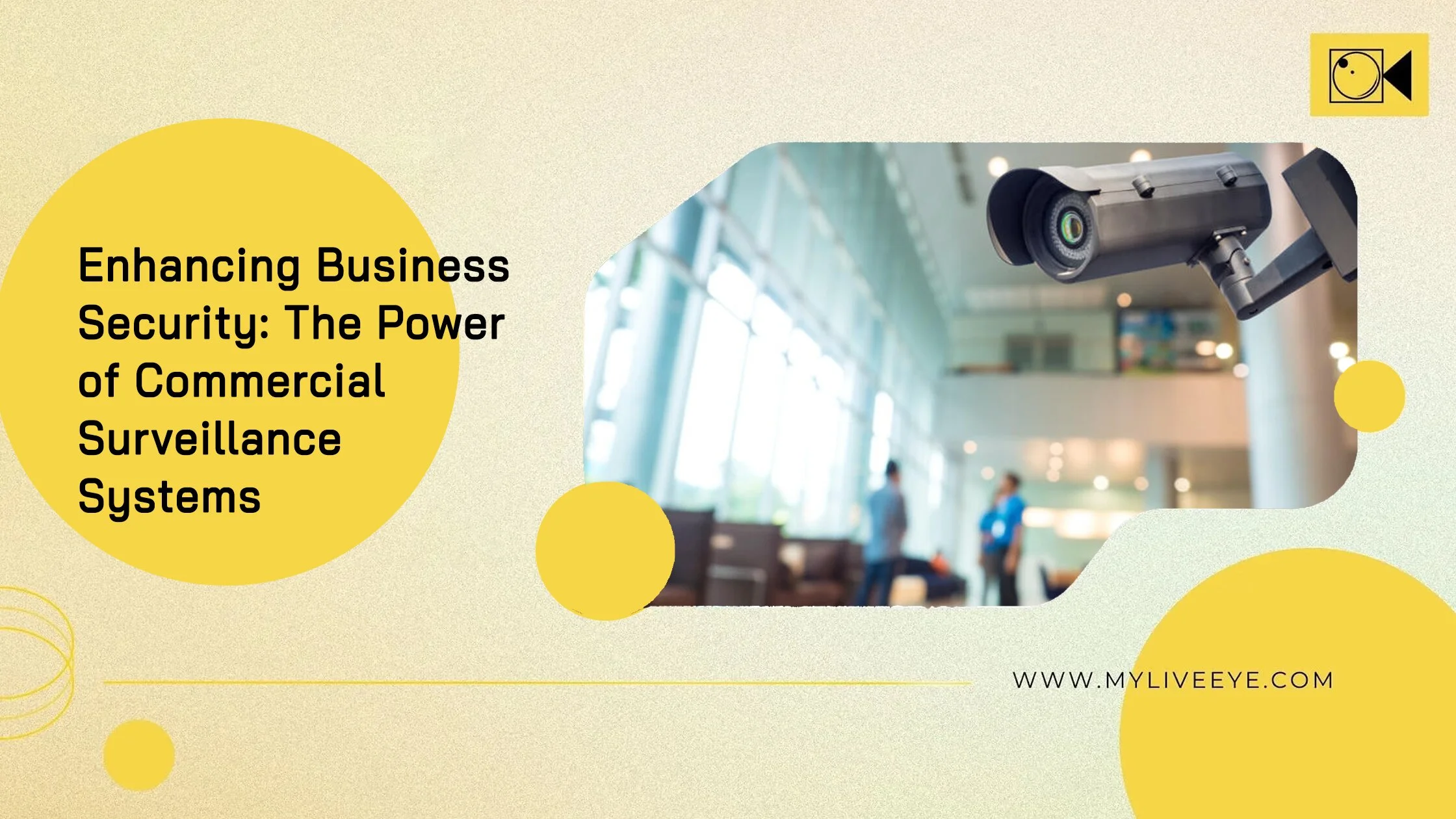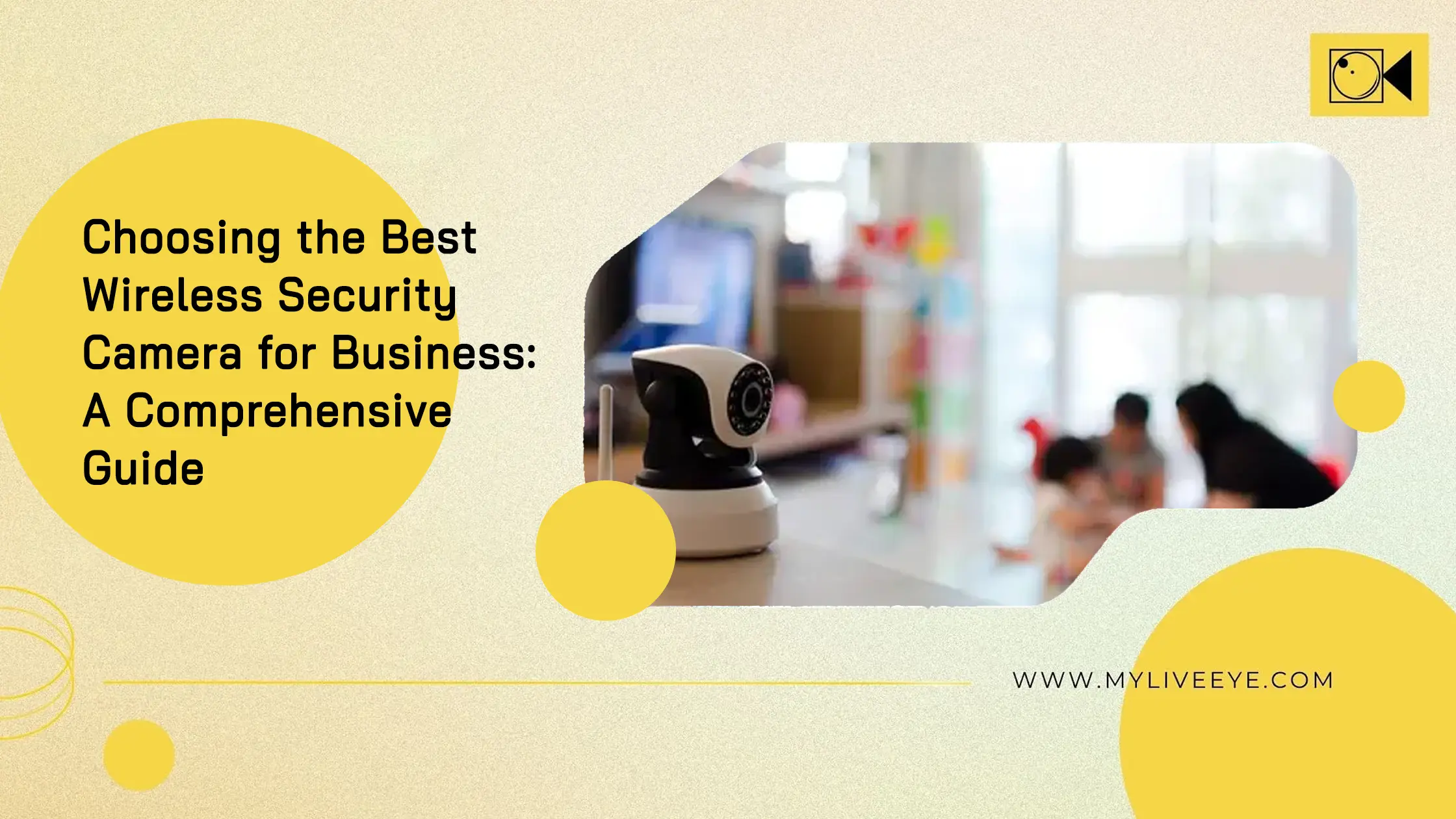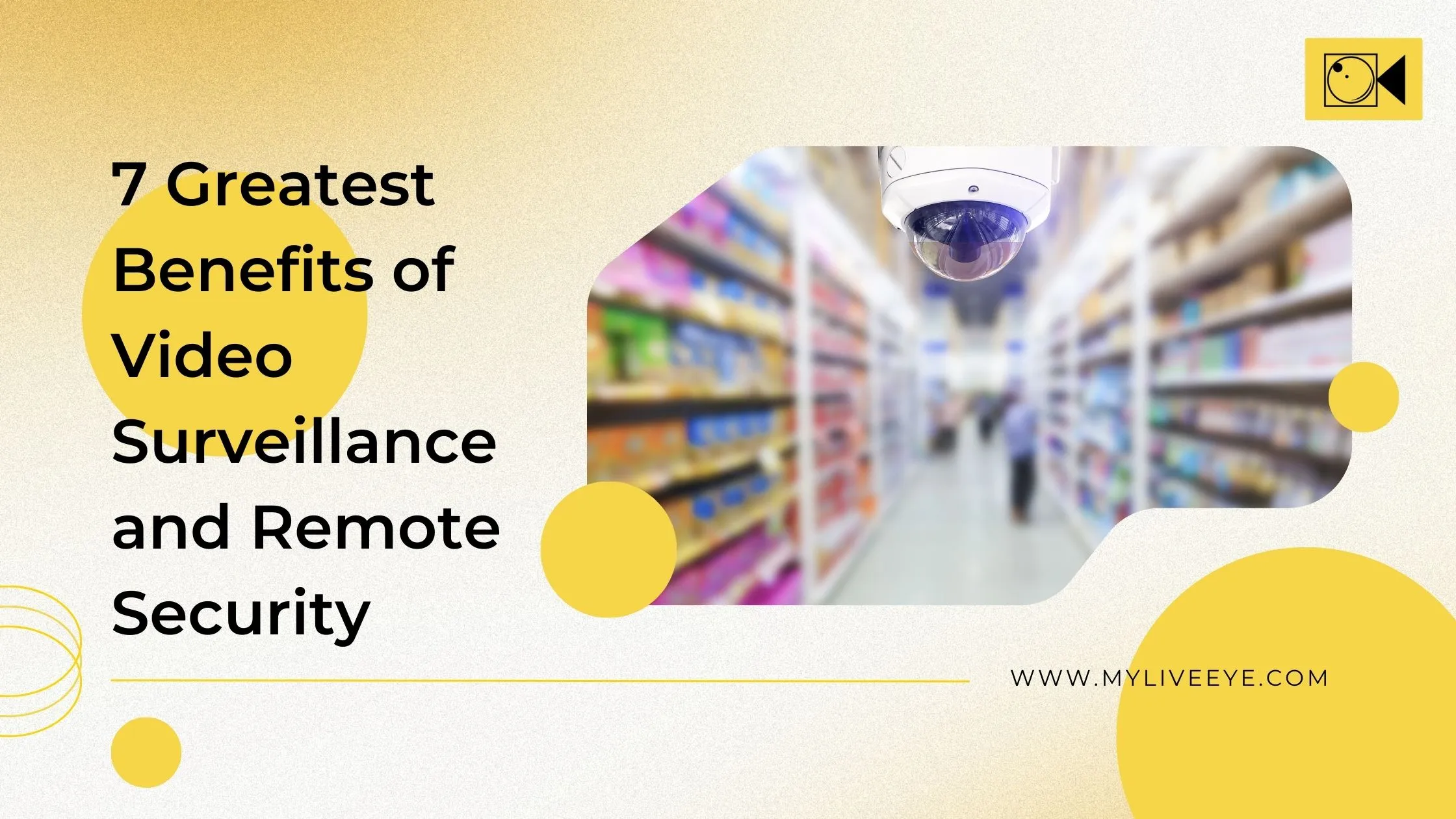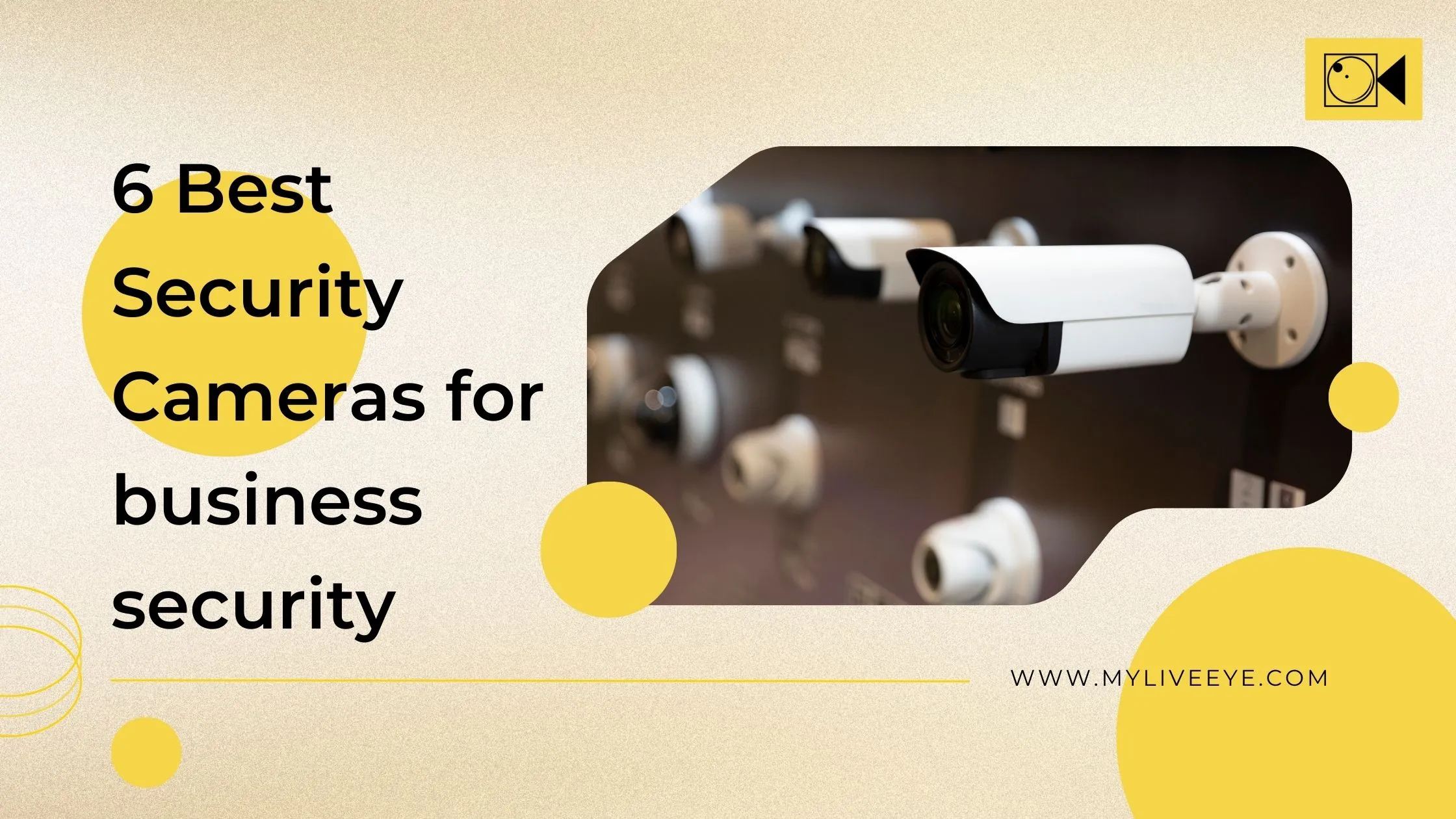
Top ATM Fraud Types and How High-Definition Security Cameras Help Prevent Them
Is there ever a time when you worry that your card information may be stolen at an ATM? Knowing ATM Fraud
Types will allow you to act quickly to protect your data and cash.
Did you know: Over half of ATM attacks use hidden skimmers to copy card data, and clear camera footage has
helped identify suspects in many cases.
What Is ATM Fraud?
An ATM fraud occurs when fraudsters gain unauthorized access to your ATM card or account details to steal
money.
ATMs consist of two principal components: a computer operating the system and a secure cash vault that
stores cash. As with any hardware or software, both are susceptible to attacks. The exterior components,
such as card readers and keypads, are especially prone to tampering. Scammers usually employ tools,
including lock picks, for breaching these components.
ATMs using outdated or unpatched Windows opening systems are most vulnerable. Malwares can be introduced by
hackers into these vulnerabilities through portable media, enabling them to steal funds or hijack the ATM.
With multiple strains of malware targeting ATMs, there's a need to enhance security protocols.
Understanding Common ATM Fraud Patterns
In this section, you get to know how fraudsters try to cheat ATMs and how you can spot warning signs.
Card Skimming and Shimming
- How it works: Criminals attach a small device over the card slot to read your card’s magnetic strip or chip data.
- Watch for odd parts on the machine: if the card reader feels loose or looks off, back away.
- How cameras help: High-definition cameras record clear images of anyone fiddling with the slot. If you report a tampered reader, operators can review the footage to see who did it.
- Example: You go to withdraw cash late at night. You notice the slot feels uneven. Later, security staff check clear footage and spot a stranger placing a skimmer. The device gets removed before more customers lose data.
PIN Theft and Shoulder Watching
- How it works: Someone stands too close or uses a hidden camera to see your PIN entry.
- Always shield the keypad with your hand.
- How cameras help: HD cameras positioned above can spot suspicious onlookers or odd behavior near the keypad area.
- Practical tip: If you see someone loitering too near, wait or choose another ATM. Operators monitoring feeds can alert staff in real time if they detect unusual loitering patterns.
Cash Trapping and Dispenser Tricks
- How it works: A fraud device blocks cash from dispensing, so when you leave, the criminal retrieves it.
- If you don’t get cash but your balance drops, don’t leave right away.
- How cameras help: When cameras record someone forcing attachments on the dispenser, you have proof. A review of footage can show repeated failed transactions at a machine, signaling a trap device.
- Example: You try twice, but no cash appears. Staff check HD footage and see a thin film over the dispenser. They remove it, protecting other users.
Malware and Software Attacks
- How it works: Criminals install malicious software in the ATM to force it to spit out cash or capture data.
- This is rare but serious
- How cameras help: While cameras can’t stop code-level hacks, they record any unauthorized technician actions or forced access to ATM internals. Later, footage aids in tracing who accessed the machine at odd hours.
- Advice: Ensure only verified technicians access ATM internals under camera watch. If you run ATM operations, set alerts for unusual access patterns.
Transaction Reversal Scams and Social Tricks
- How it works: A scammer asks a user to reverse a transaction or claims a refund, hoping to confuse or persuade.
- Be cautious if someone asks you for help at an ATM.
- How cameras help: Footage shows interactions. If a stranger pressures you, staff can review the video to confirm what happened and support any investigation
- Practical note: If you feel unsure, cancel transactions and step away. Report the incident to the bank immediately.
How High-Definition Security Cameras Improve ATM Safety
Here, you see why clear, sharp video matters to you and ATM operators.
Sharp Image Quality for Clear Evidence
- Benefit: You get crisp visuals of anyone tampering with the machine or acting oddly.
- No detail hides in shadows.
- When you report a problem, operators can zoom in on faces or device parts to confirm fraud attempts.
Low-light and Night Monitoring
- Benefit: Fraud often happens when foot traffic is low. HD cameras with good night capability capture clear footage even in dim lighting.
- This means suspicious activity at odd hours won’t go unseen.
- If you use an ATM late, you gain extra safety knowing clear video is recorded around the clock.
Remote Monitoring and Instant Alerts
- Benefit: Operators can watch live feeds and get alerts when the system flags odd behavior (like someone tampering or lingering too long).
- You benefit because quick alerts may prompt on-site checks before fraud succeeds.
- If you notice a problem, report it; operators can check the live or recorded video and send help quickly.
AI-Powered Behavior Detection
- Benefit: Advanced systems analyze motion patterns or repeated failed attempts. They alert staff to check the machine.
- You get proactive protection rather than reactive only.
- While AI isn’t perfect, clear camera images improve its accuracy in spotting odd actions.
Real Examples: When Cameras Make a Difference
Stories help you see real impact. Here are short accounts based on field observations.
Skimmer Removal Before Major Loss
A technician noticed an odd reading on transaction logs. They reviewed HD footage and saw a device attached to the card slot. Staff removed it within hours. If you’d used that ATM, you’d have risked card compromise. Thanks to clear footage, operators caught it fast.
Spotting Shoulder Watching
A customer reported feeling watched. Operators checked the cameras and saw someone lurking too close. Security alerted local staff, who politely moved the person away. You’d feel safer knowing cameras monitor such situations.
Catching Cash Trap Early
Multiple users reported no cash but debits applied. By reviewing the footage, staff found a thin film over
the dispenser. They removed it. As an ATM user, you avoid losing money when operators act on what cameras
reveal.
These real accounts show how video helps stop fraud before it spreads.
7-Eleven ATM Fraud Incident Captured Clearly
In a well-known 7-Eleven location, customers reported suspicious-looking card readers. Security footage from HD cameras clearly showed a person attaching a skimming device late at night. The footage helped authorities identify the suspect quickly and remove the device before it caused more harm. If you’d used that ATM, camera surveillance could have protected your data.
Effective Steps for Preventing ATM Frauds
Here are clear actions you or ATM operators can take, using cameras plus common-sense steps.
Regular ATM Checks and Upkeep
- Check machines often: You or staff should inspect for odd parts or wear.
- Combine physical checks with video review: Operators can spot tampering attempts between visits.
- Preventing ATM Frauds: Routine checks reduce risk by catching devices early.
Staff Training and Watchfulness
- Train staff to watch live feeds: They learn what odd behavior looks like on camera.
- Encourage prompt reporting: If staff see suspicious actions, they alert local teams.
- Preventing ATM Frauds: Well-trained staff catch issues faster, aided by clear video.
Educating ATM Users
- Post simple tips near machines: Remind users to cover PIN entry and inspect the slot.
- When you use an ATM, always look for odd attachments or ask for help if unsure.
- Cameras back up these tips by recording any strange setups.
Combine Cameras with Anti-Skimming Tools
- Use hardware defenses plus video: Card reader shields and skimmer detectors block many attacks; cameras confirm if someone still tries hidden tricks.
- Layering defenses boosts safety.
- Cameras capture any attempt to bypass hardware measures.
Proactive Alerts and Quick Response
- Set alerts for odd patterns: Repeated failed transactions or loitering triggers a check.
- You benefit because staff can act before large losses occur.
- Clear footage helps confirm if an alert is true or false, so you avoid wasted checks.
Integrating Cameras with Other Security Features
To strengthen ATM protection, mix cameras with other tools.
Anti-Skimming Attachments
- Cameras record if someone tries to tamper despite shields.
- You get visual proof of attempts to bypass attachments.
Biometric or Multi-Step Checks
- If an ATM uses fingerprint or face recognition, cameras can verify user presence matches data logs.
- This extra layer makes it tougher for fraudsters to use stolen cards.
Network and Software Safeguards
- Monitor who accesses ATM software. Cameras record any unauthorized physical access.
- You can trace odd maintenance visits or break-ins via clear footage.
Data Review and Alerts
- Combine video logs with transaction data. If you see odd transactions, check the video for context.
- This helps spot organized fraud rings targeting multiple ATMs.
Stay One Step Ahead: Secure Your ATM Network Now
By knowing ATM Fraud Types and using clear surveillance, you guard customers and protect your bottom line. When you spot odd actions early, you avoid major losses. Act now to set up high-definition cameras that record sharp footage day and night. Feel confident that your machines stay safe and your users stay secure. Reach out today to set up robust monitoring and keep fraudsters away.
Frequently Asked Questions on ATM Fraud and Prevention
Q: What are the most common ATM fraud types?
You often see card skimming, PIN theft via shoulder-watching, cash trapping, malware attacks, and social engineering scams asking for reversals.
Q: How do high-definition security cameras help prevent ATM Fraud?
HD cameras record clear visuals of tampering, suspicious loitering, or unusual access. This helps you spot issues early and provides strong evidence if fraud occurs.
Q: Can users protect themselves from ATM skimming?
Yes, you should inspect the machine before use, cover the keypad, choose busy or well-lit machines, and report odd parts. Clear cameras back up your reports.
Q: How often should ATMs be inspected for fraud devices?
Ideally, daily or several times a week, depending on traffic. Combine in-person checks with video reviews. Regular review of recorded footage helps you catch stealthy devices.


